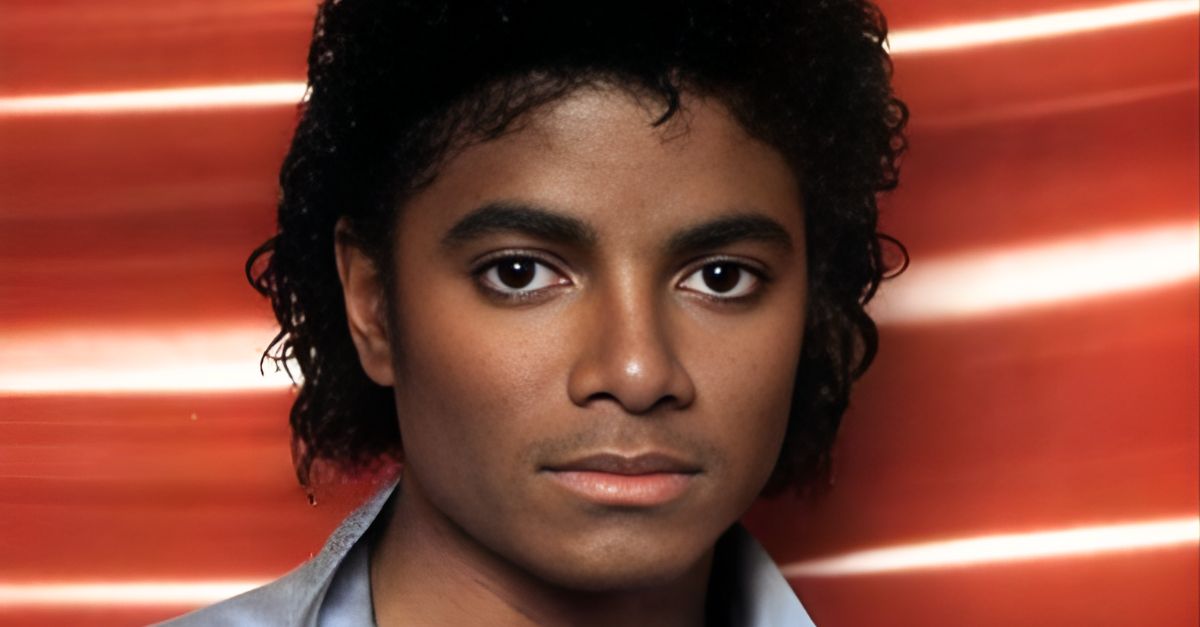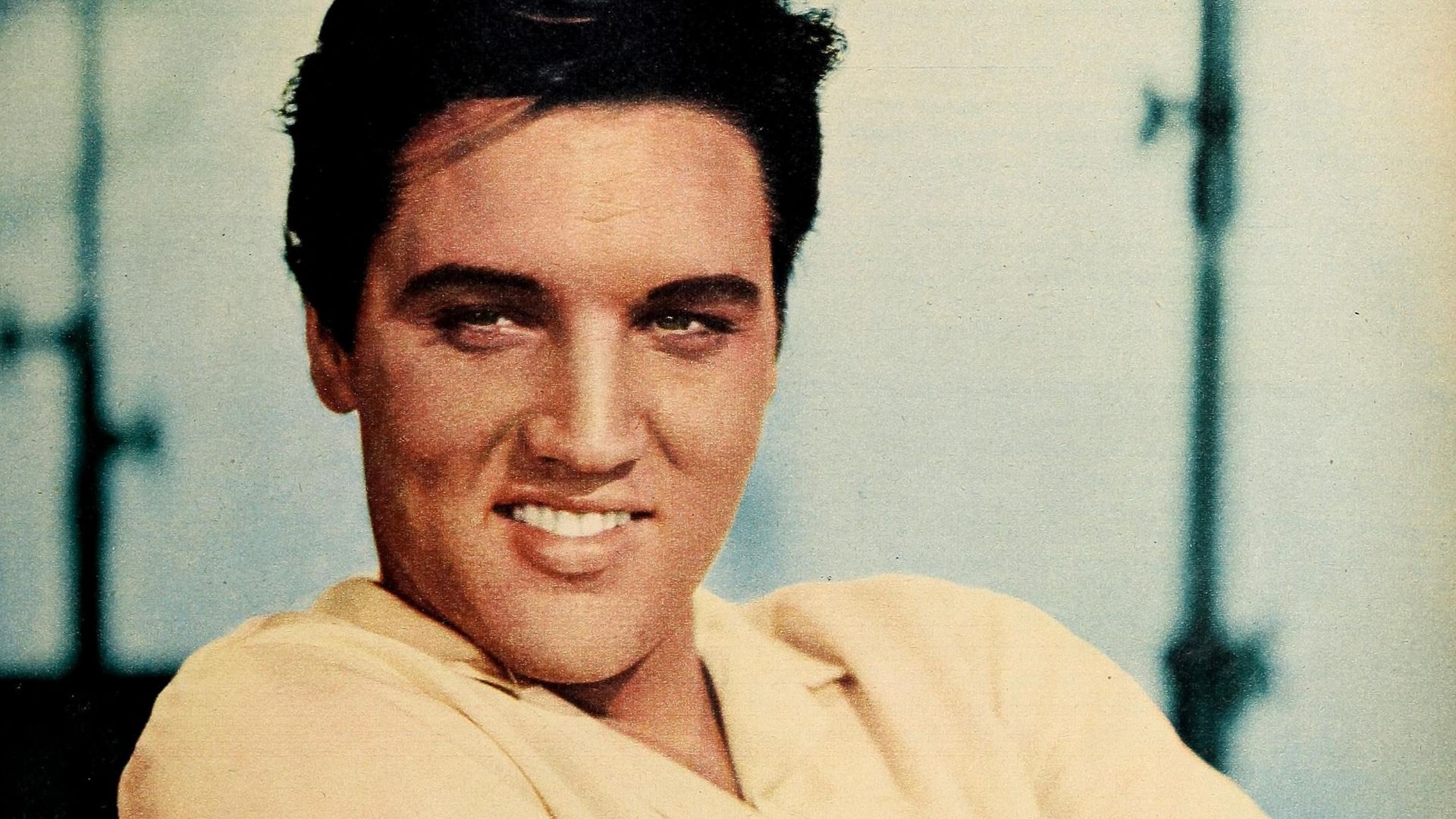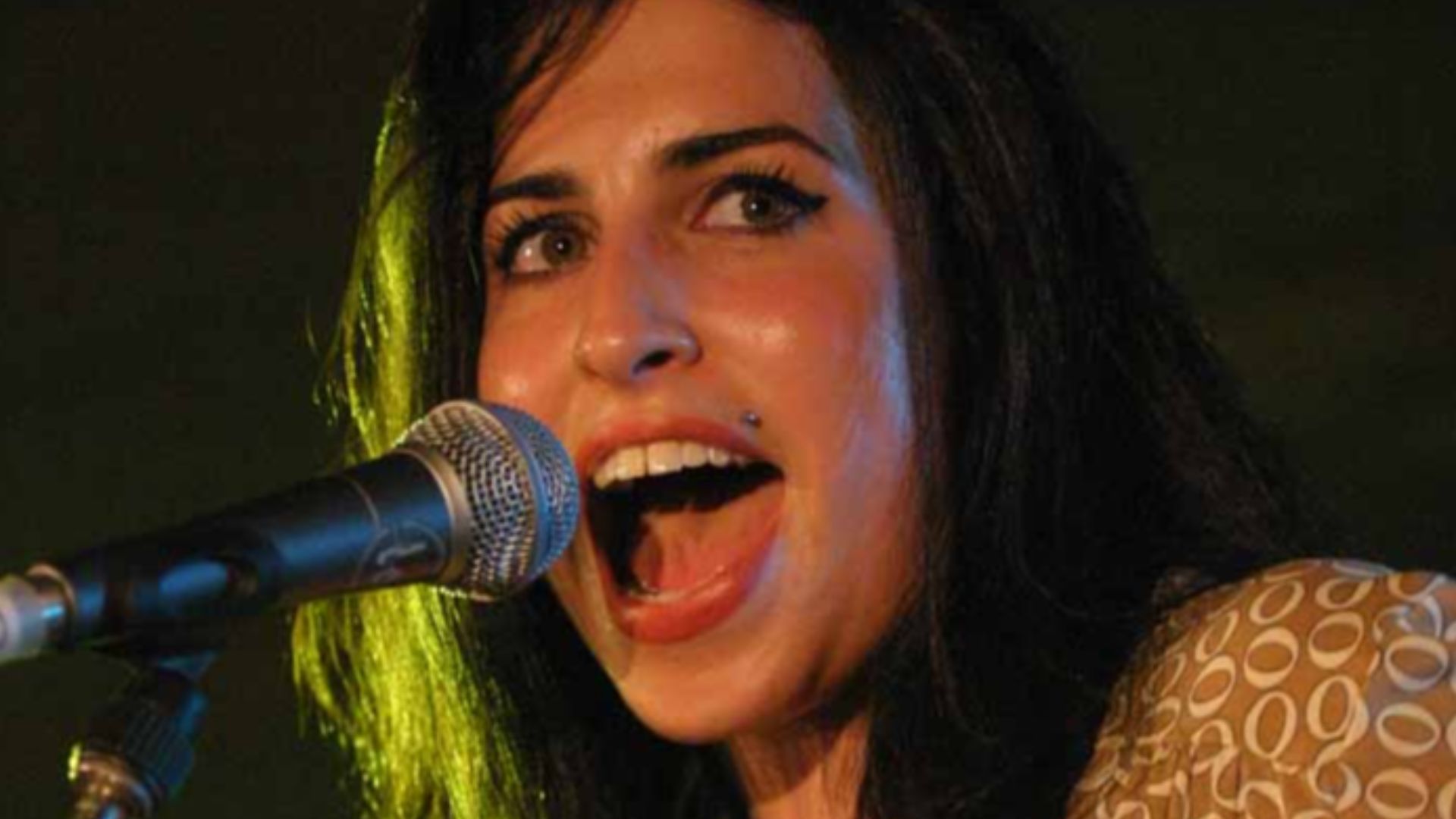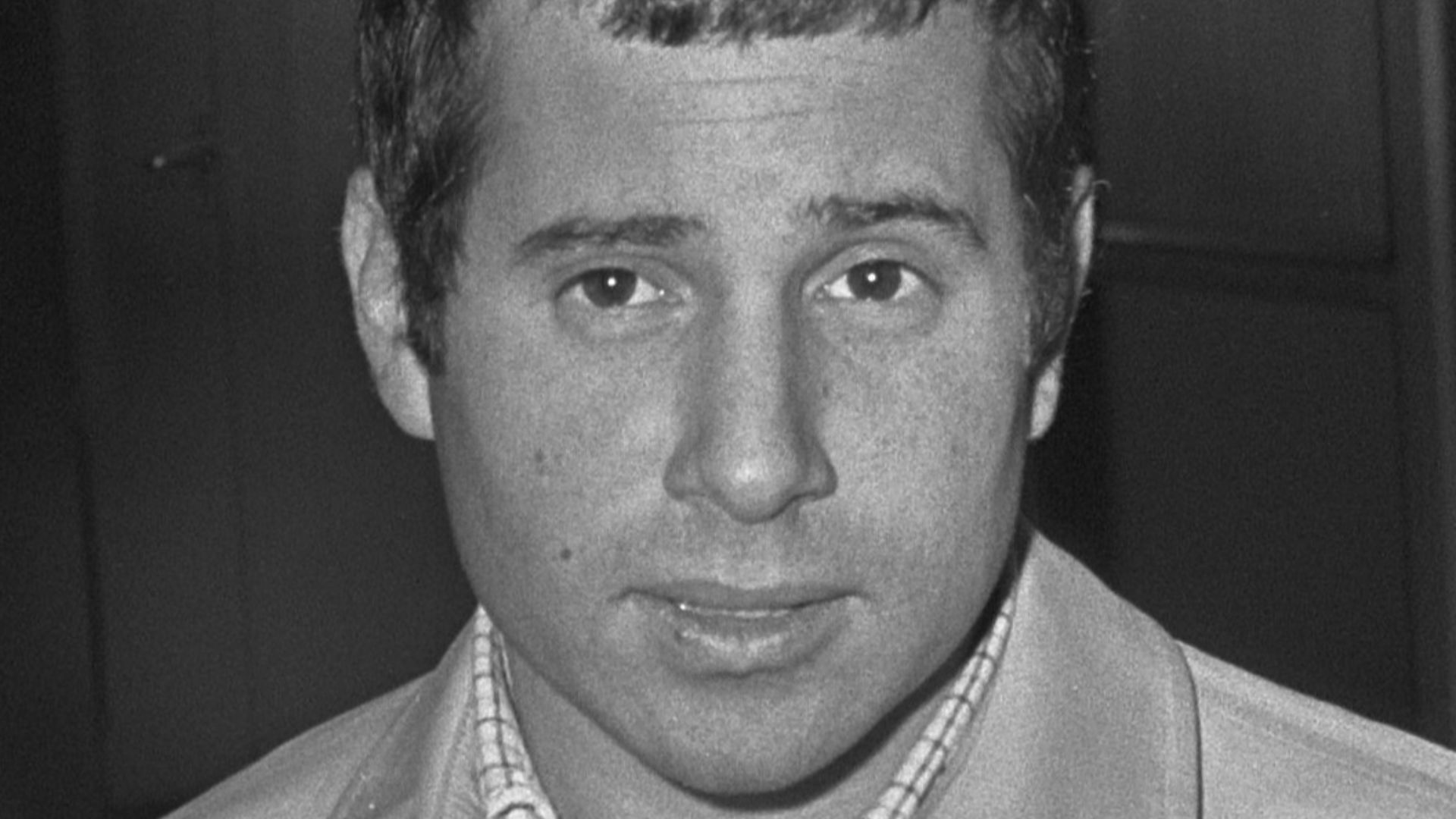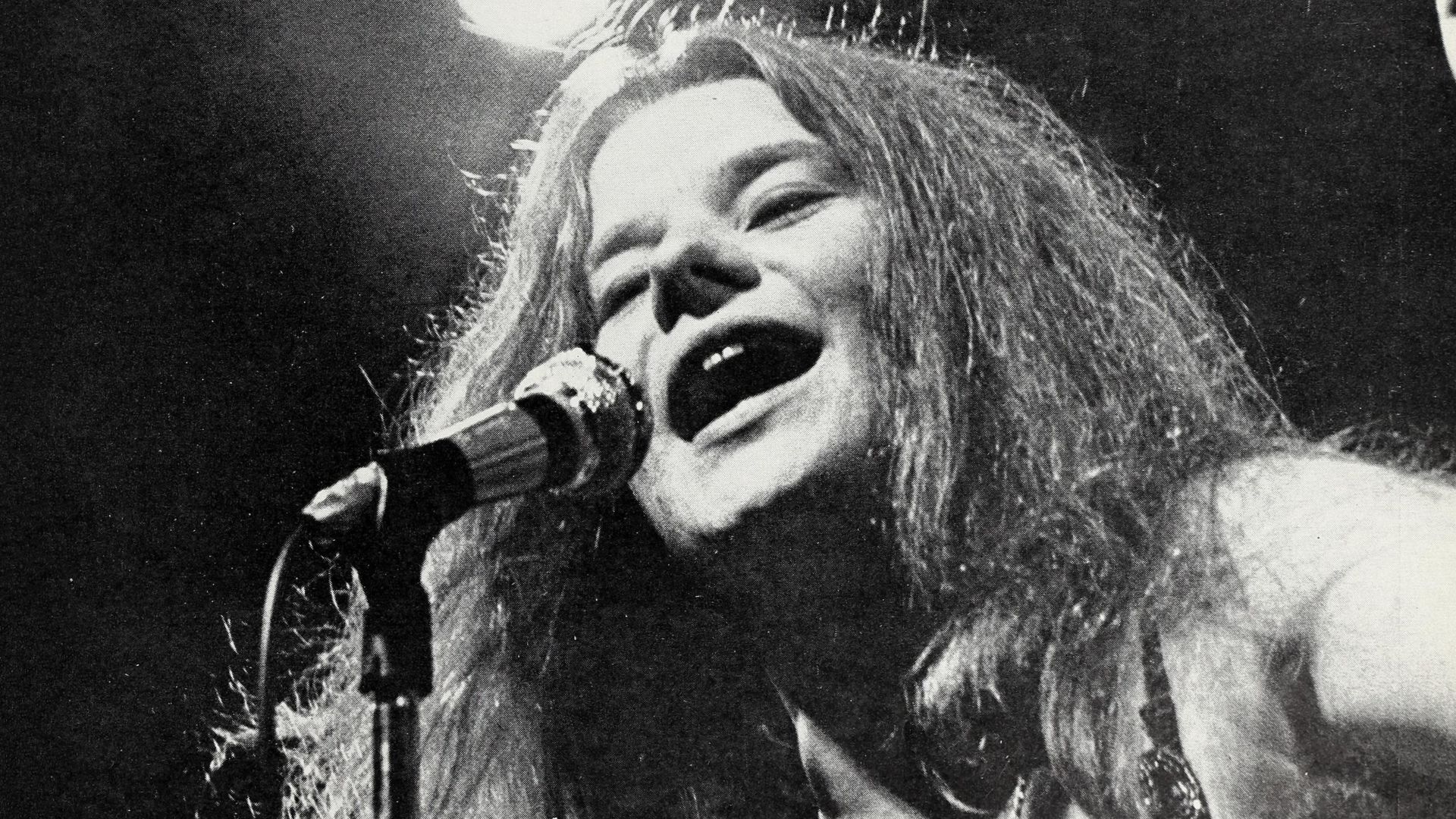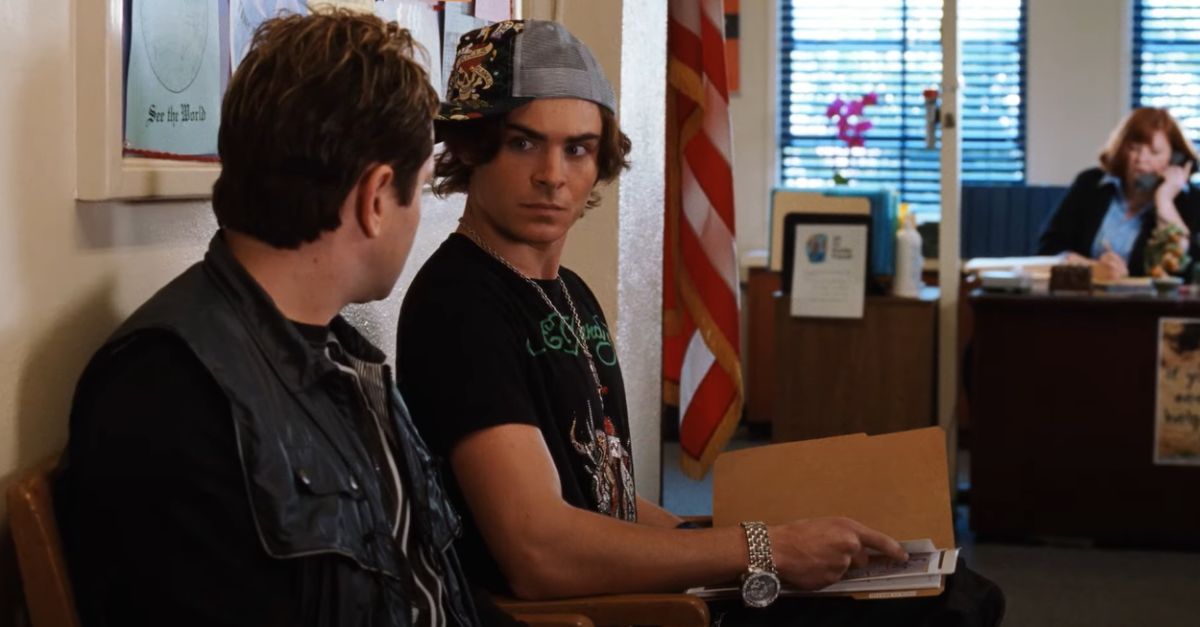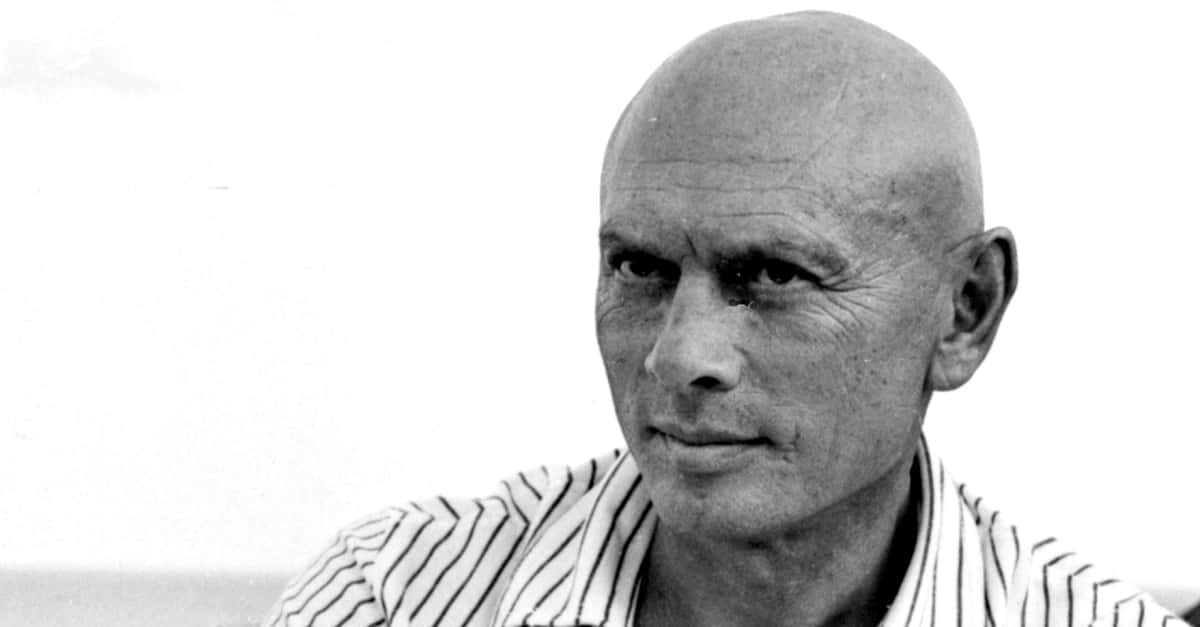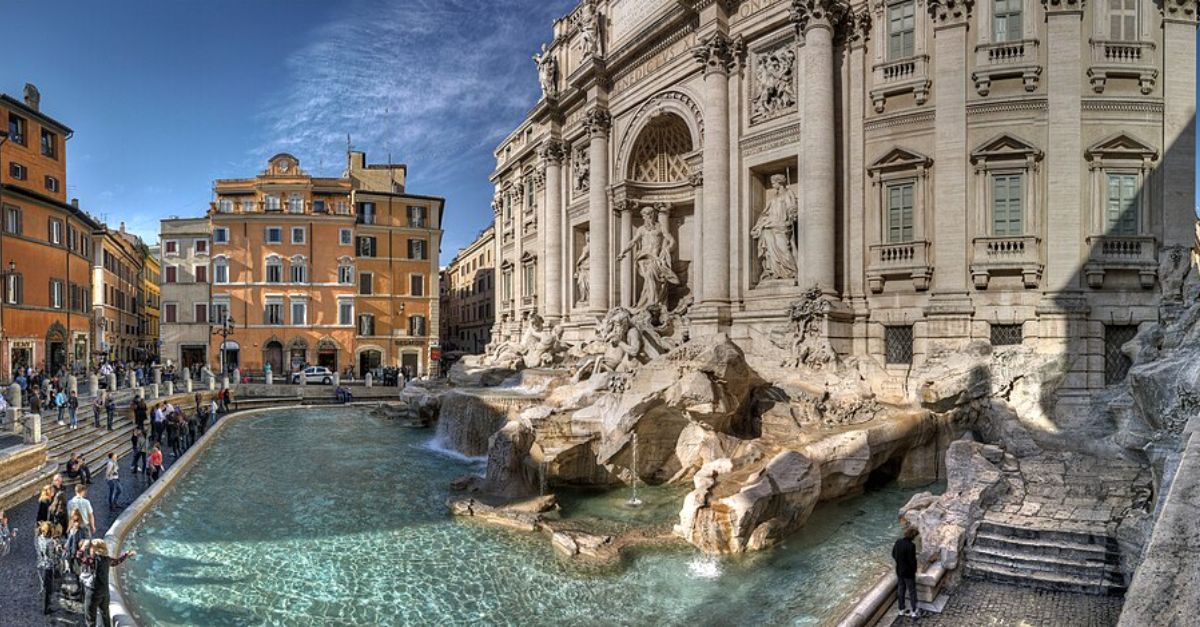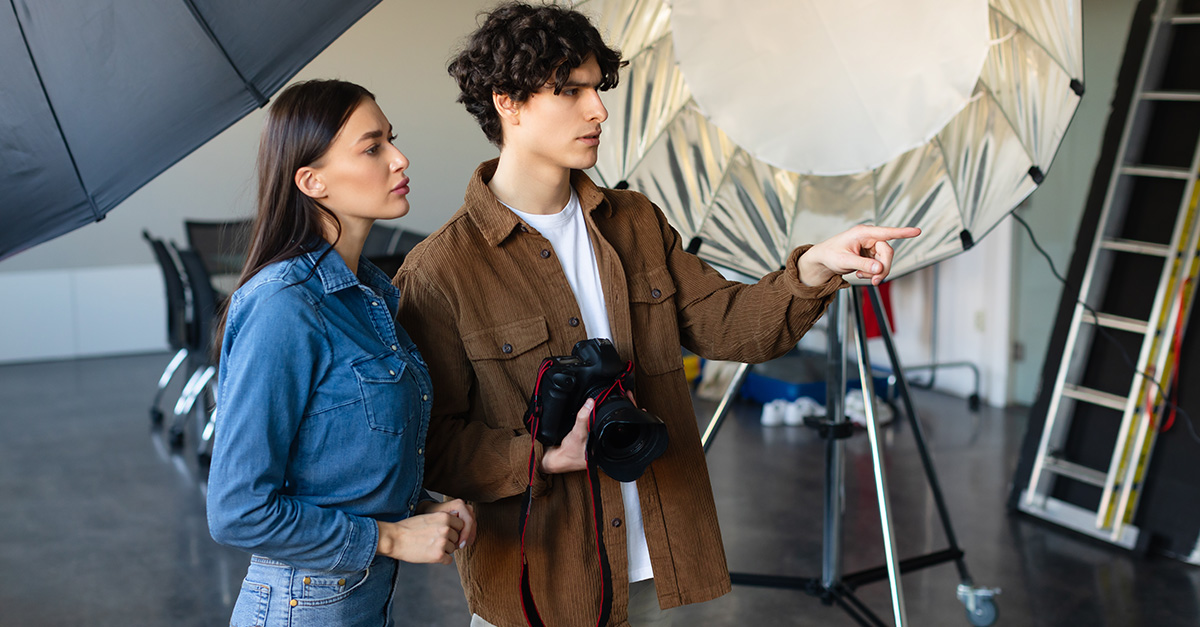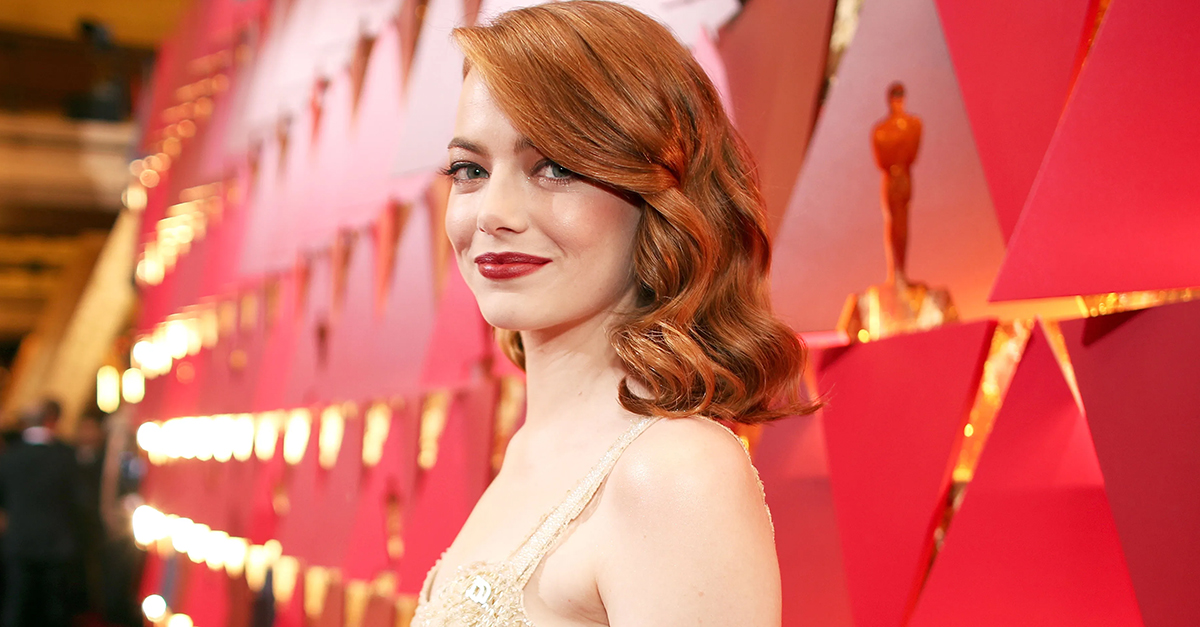Dreams In Progress
There’s a quiet magic in seeing greatness before it knows its name. These early glimpses of music legends capture that fragile start—a mix of nerves, grit, and the sound of something about to matter.

Elvis Presley
Sun Records' Sam Phillips discovered magic when this Mississippi truck driver stepped into his studio. "That's the sound I've been looking for," Phillips declared after hearing Elvis Presley sing in 1954.
Bob Dylan
A scruffy Midwestern transplant named Robert Zimmerman arrived with an acoustic guitar and harmonica, determined to meet his hero Woody Guthrie. Literary ambition and poetic sensibility set this Minnesota college dropout apart before anyone knew the name Bob Dylan.
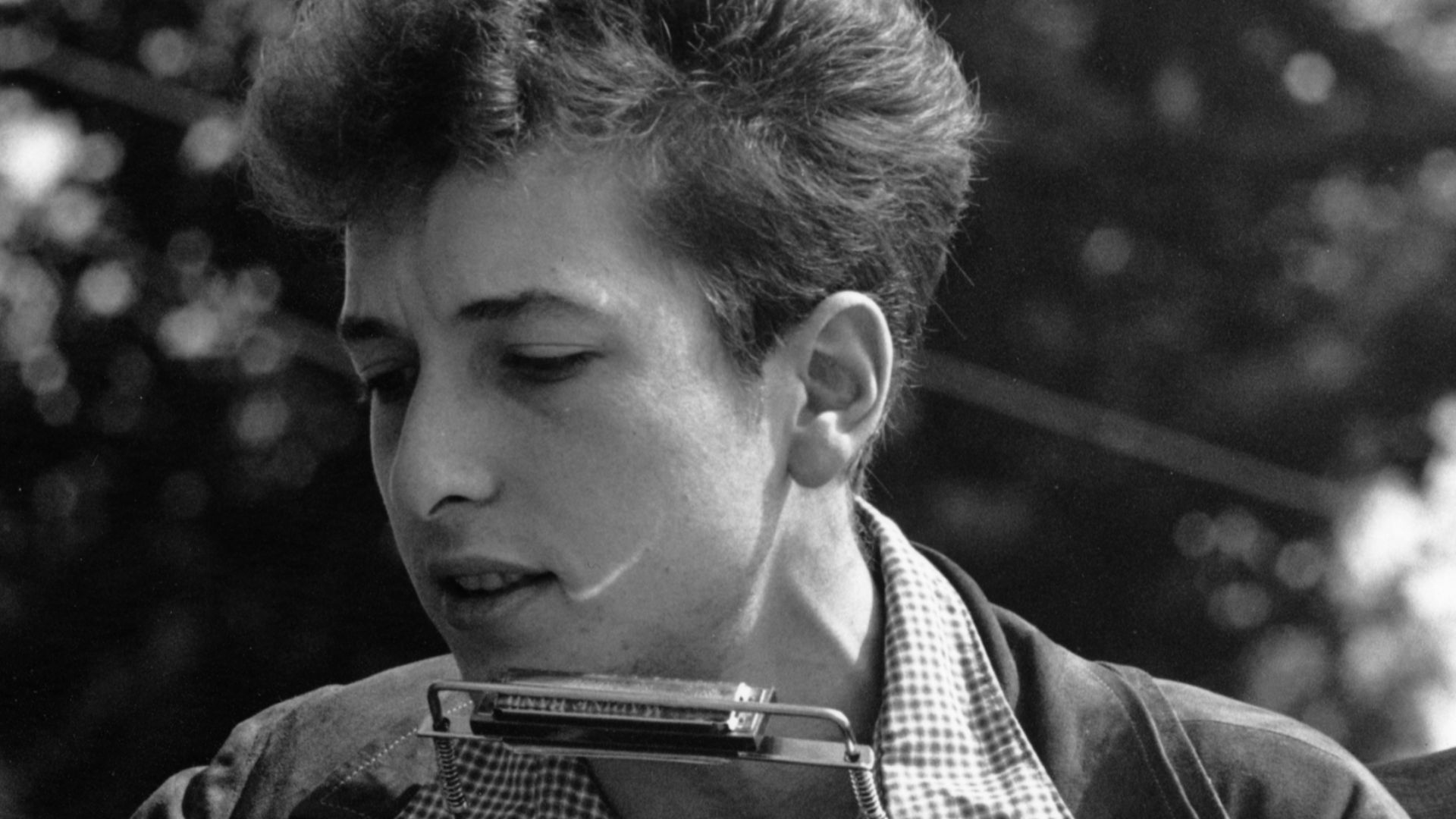 Rowland Scherman, Wikimedia Commons
Rowland Scherman, Wikimedia Commons
David Bowie
Years before Ziggy Stardust's glittering androgyny thrilled audiences, multiple failed bands and singles marked David Jones' career. The theatrical alter ego emerged in 1972, after nearly a decade of artistic searching.
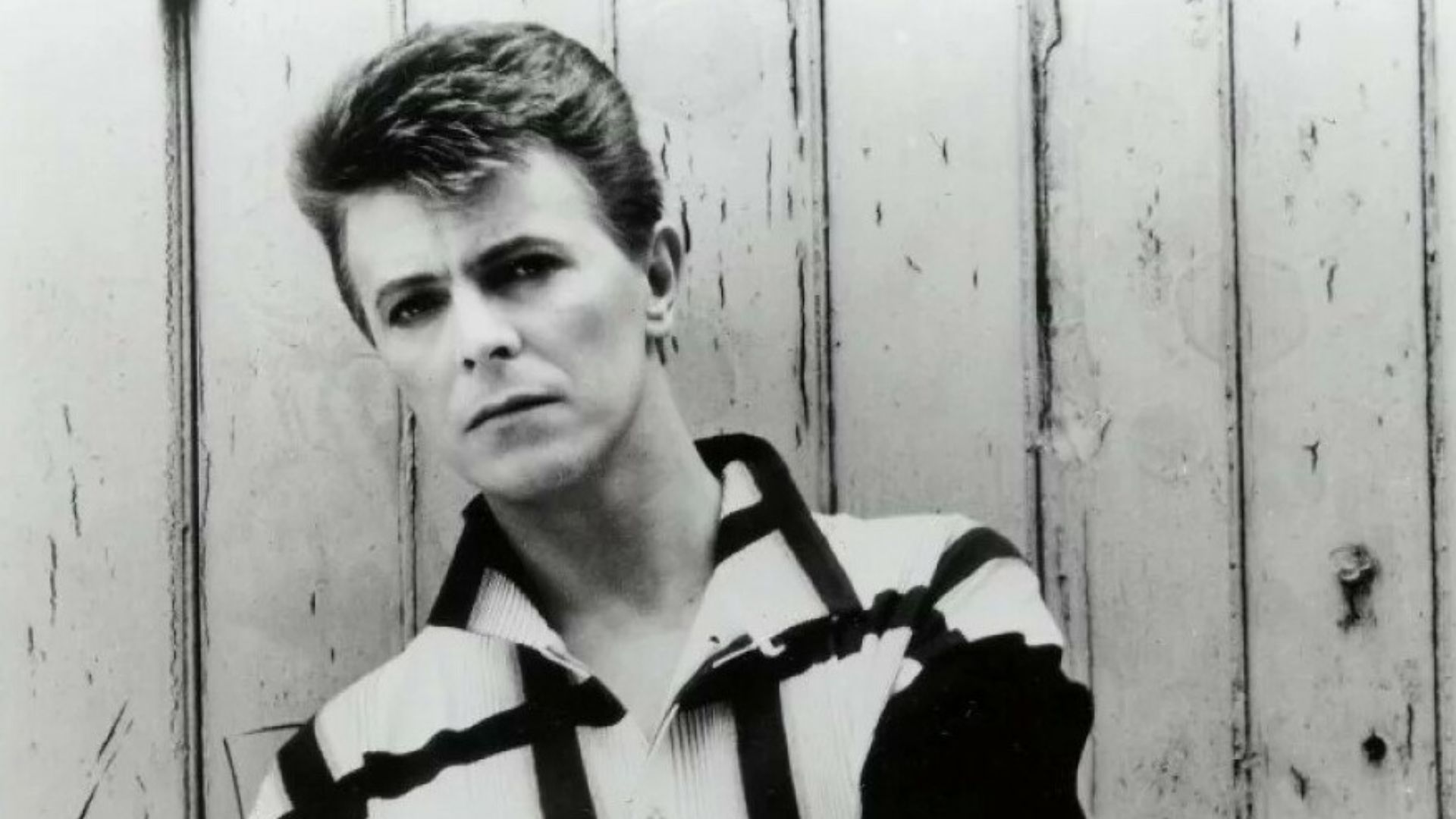 Distributed by EMI America, Wikimedia Commons
Distributed by EMI America, Wikimedia Commons
Jimi Hendrix
"You have to stick with it," Hendrix once advised aspiring guitarists. His journey began with a one-string ukulele salvaged from garbage. Military service as a paratrooper preceded stints backing up Little Richard and the Isley Brothers.
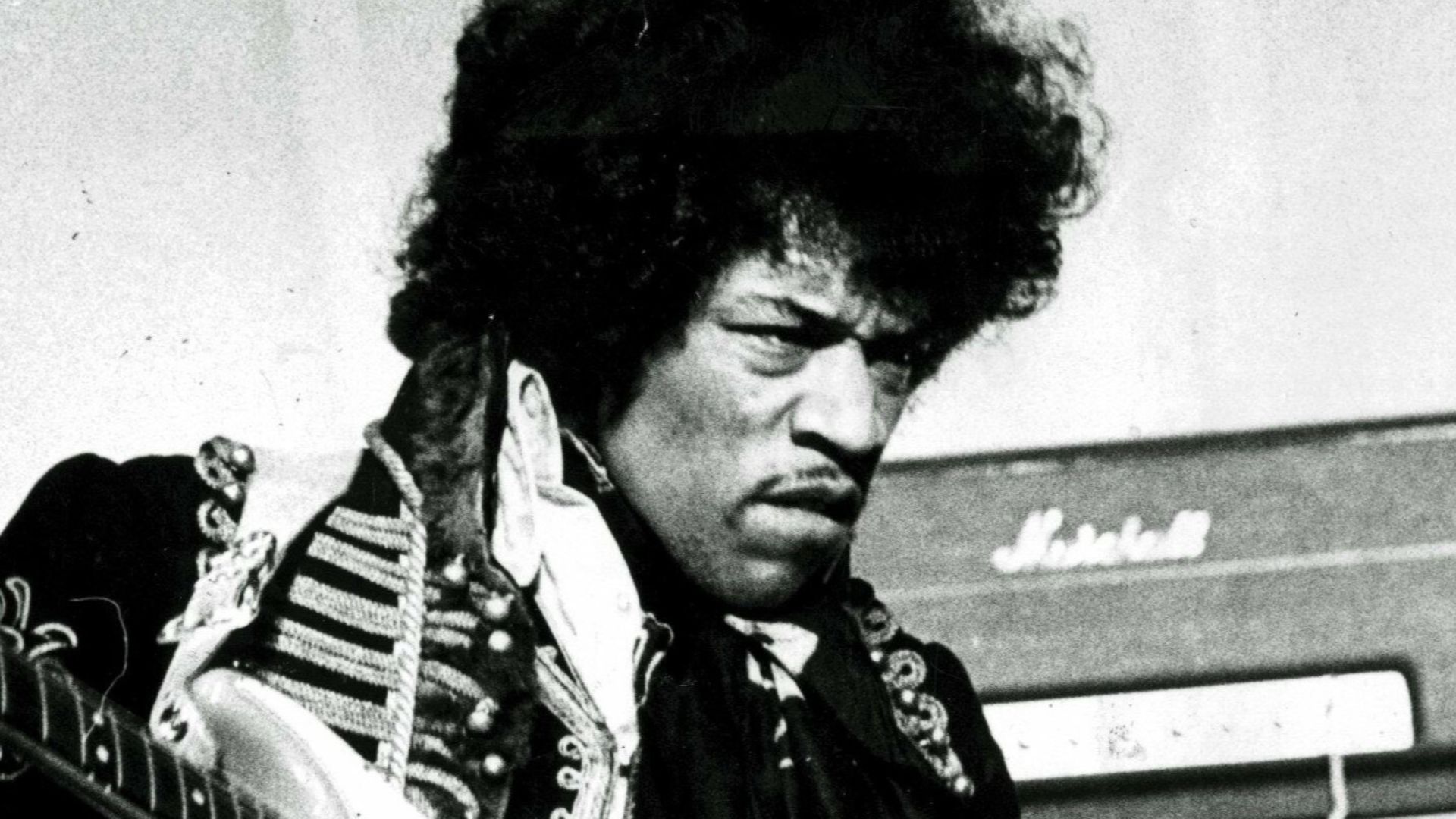 Original photographer unknown, Wikimedia Commons
Original photographer unknown, Wikimedia Commons
Madonna
Her controversial 1984 VMAs performance almost derailed everything. "That's it, you've ruined your career," Madonna's manager declared after she rolled on stage in a wedding dress. Relentless ambition had brought the Michigan-born performer to New York with just $35 in 1978.
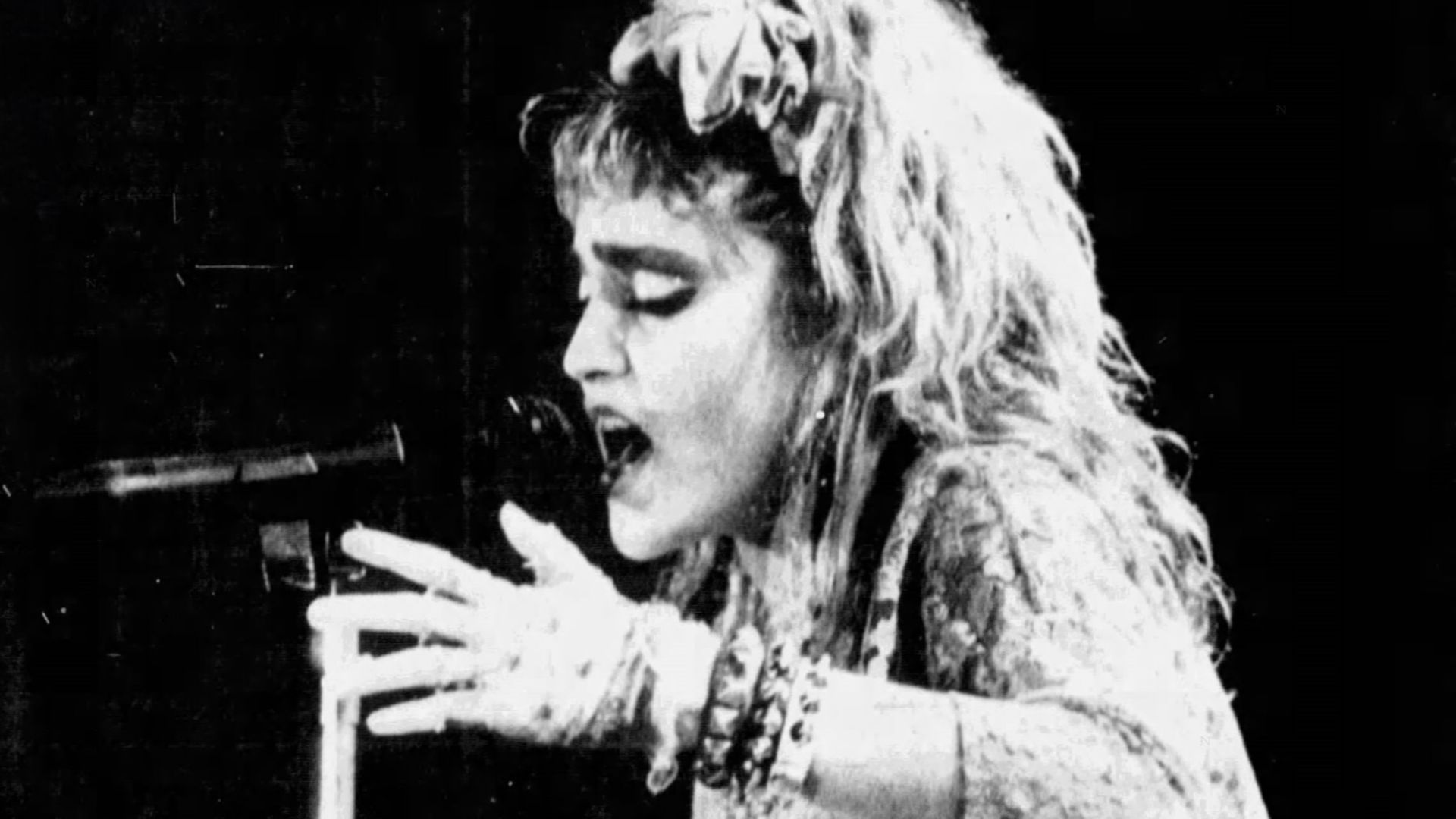 Joe Walles for the Tampa Bay Times, Wikimedia Commons
Joe Walles for the Tampa Bay Times, Wikimedia Commons
Michael Jackson
The Jackson 5's youngest member started performing professionally at age five under his father Joe's strict discipline. Behind that dazzling smile lay endless rehearsals, creating the perfectionist approach that would define Michael's entire career.
 Bernie Ilson, Inc., public relations, New York., Wikimedia Commons
Bernie Ilson, Inc., public relations, New York., Wikimedia Commons
Prince
Well, every instrument on Prince's debut album was played by the artist himself. The Minneapolis prodigy mastered multiple instruments without formal training, securing a record deal at the age of eighteen. Warner Bros.
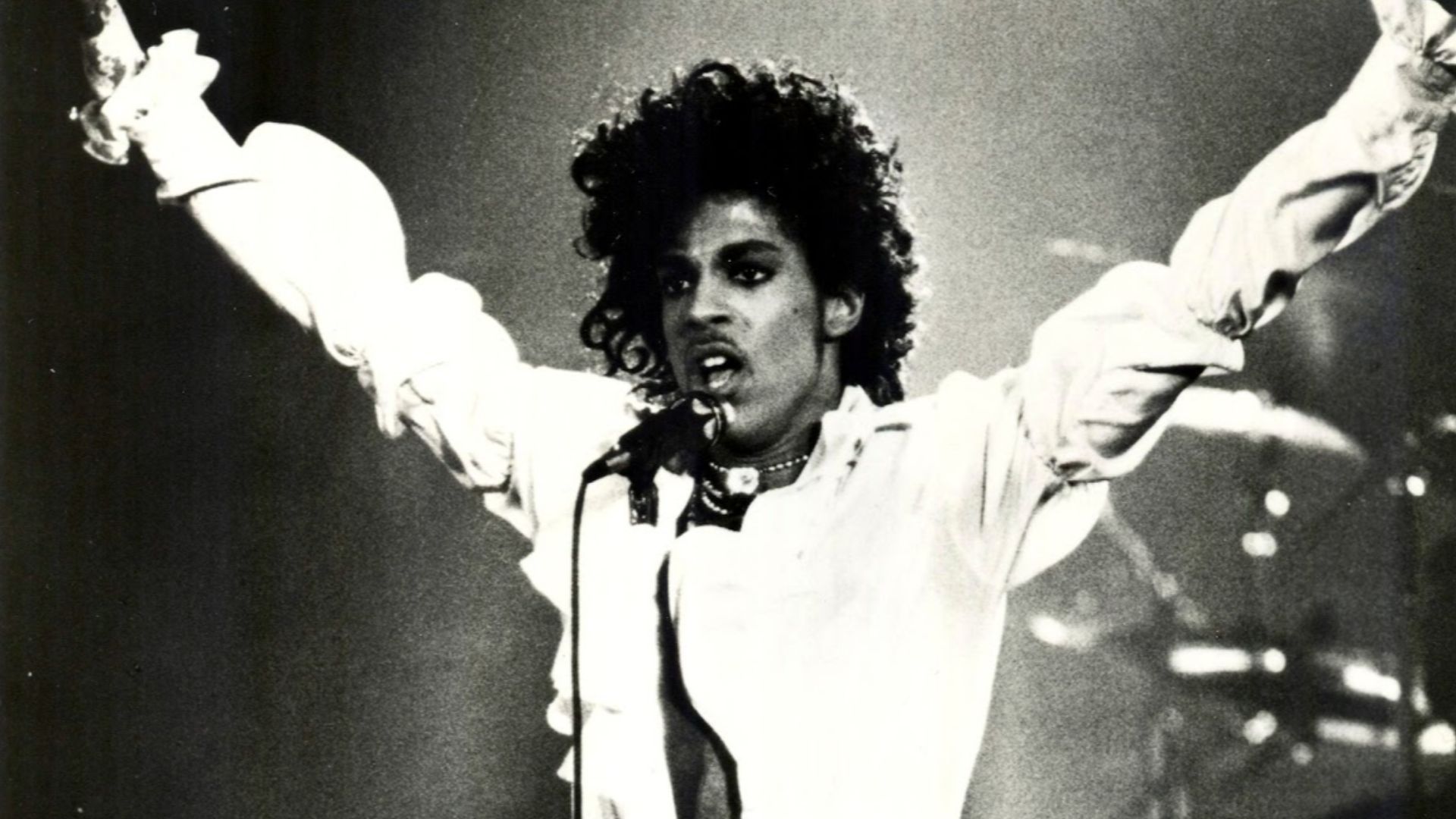 Distributed by Warner Bros., Wikimedia Commons
Distributed by Warner Bros., Wikimedia Commons
Freddie Mercury
Queen's flamboyant frontman began as a shy art student named Farrokh Bulsara. Born in Zanzibar and educated in India, Mercury's immigrant experiences influenced his theatrical performance style. The man joined the struggling band Smile in 1970.
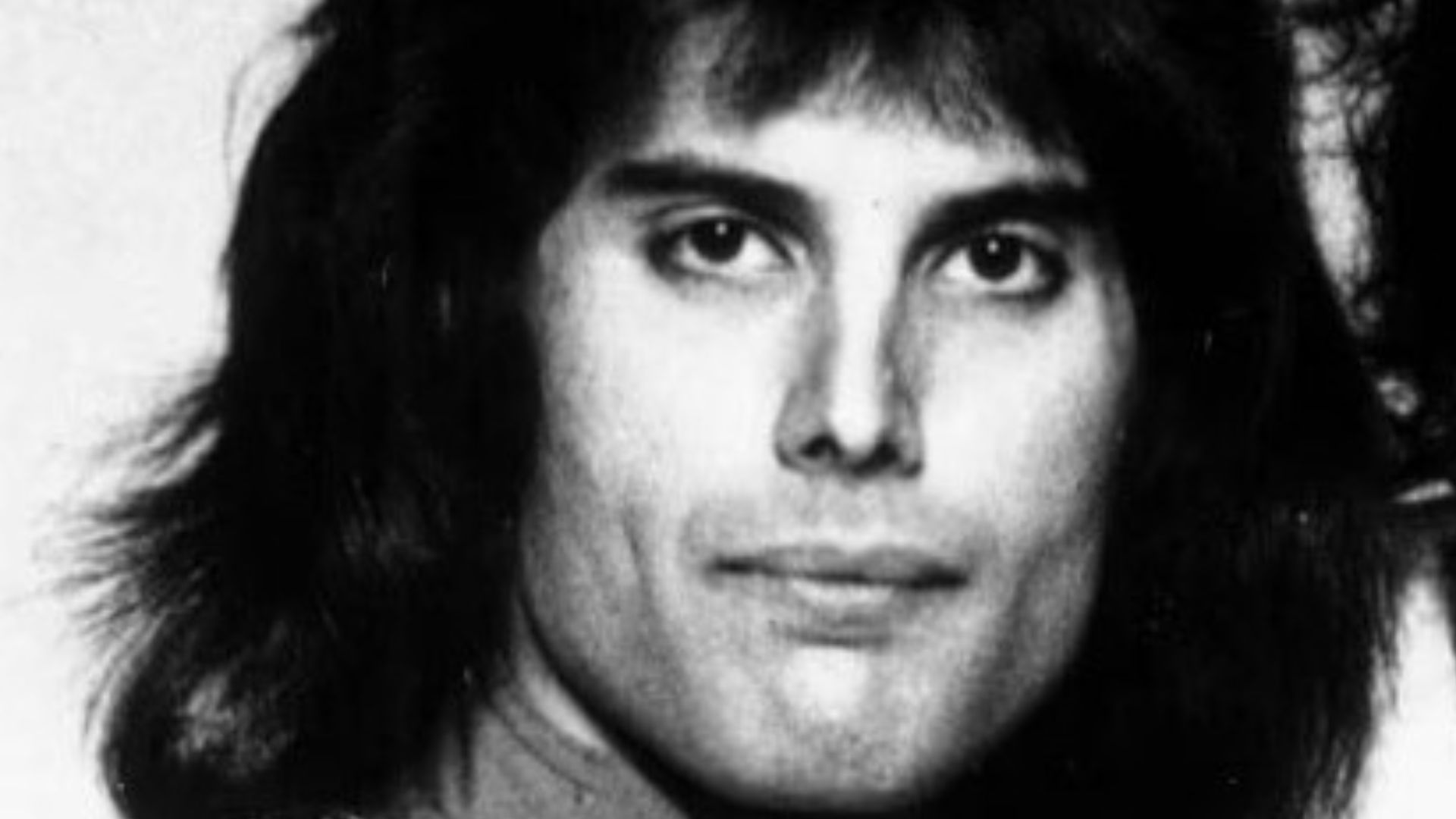 Koh Hasebe; Distributed by Elektra Records, Wikimedia Commons
Koh Hasebe; Distributed by Elektra Records, Wikimedia Commons
Aretha Franklin
Recording gospel music in her father's Detroit church shaped Aretha's powerful vocal technique long before fame arrived. Though signed to Columbia Records at eighteen, commercial success proved elusive for years.
 Atlantic Records (Life time: Published before 1978 without a copyright notice), Wikimedia Commons
Atlantic Records (Life time: Published before 1978 without a copyright notice), Wikimedia Commons
Stevie Wonder
Berry Gordy immediately recognized genius when an eleven-year-old blind boy auditioned at Motown in 1961. Harmonica melodies drifted through the studio as young Stevland Morris demonstrated superb musical intuition. "Little Stevie Wonder" became the label's youngest signing.
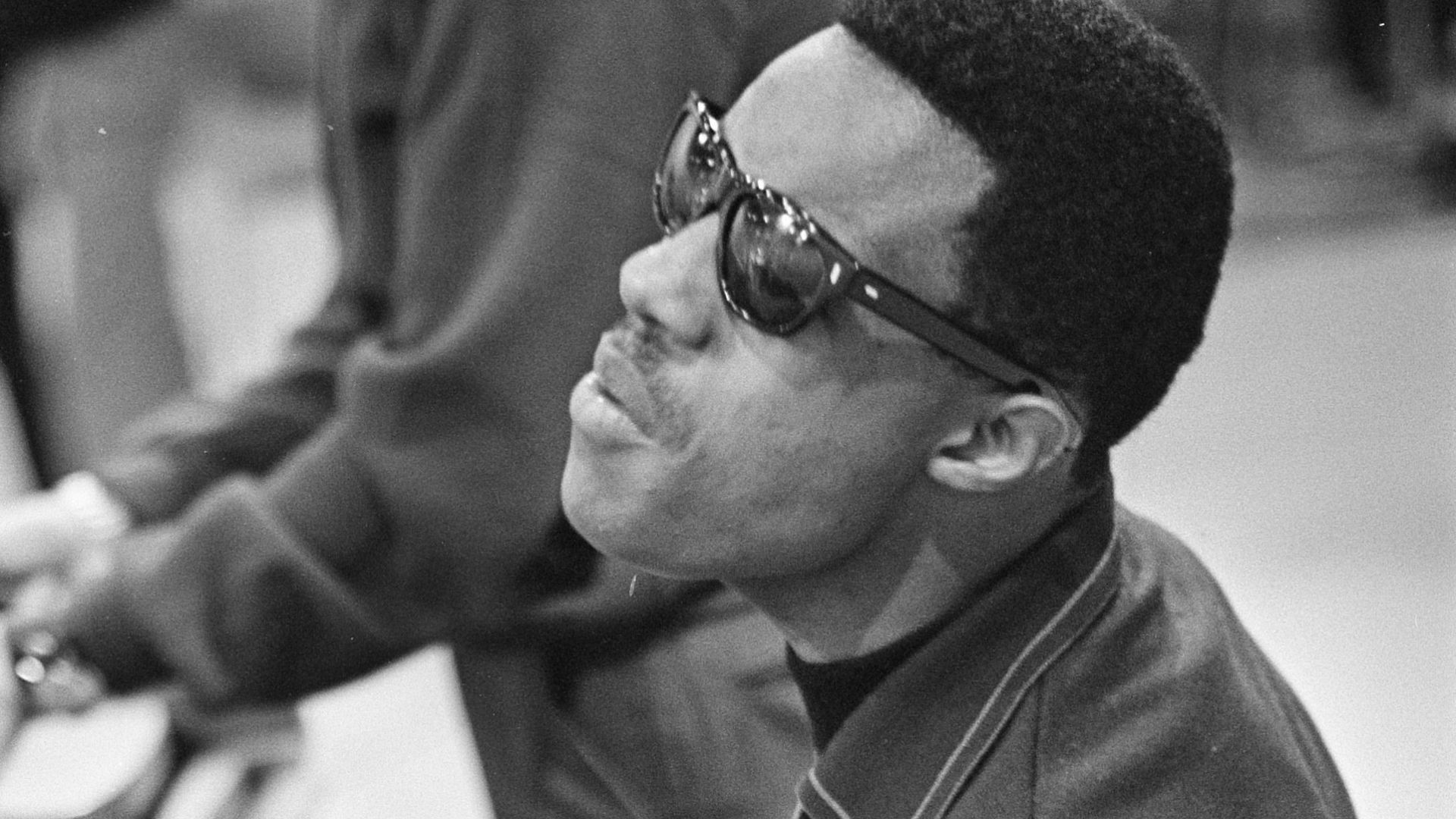 Jack de Nijs for Anefo, Wikimedia Commons
Jack de Nijs for Anefo, Wikimedia Commons
Whitney Houston
Gospel choirs provided the training ground where Whitney's phenomenal voice first developed. Daughter of singer Cissy Houston and cousin to Dionne Warwick, her musical lineage was impeccable. Modeling for fashion magazines preceded her recording career.
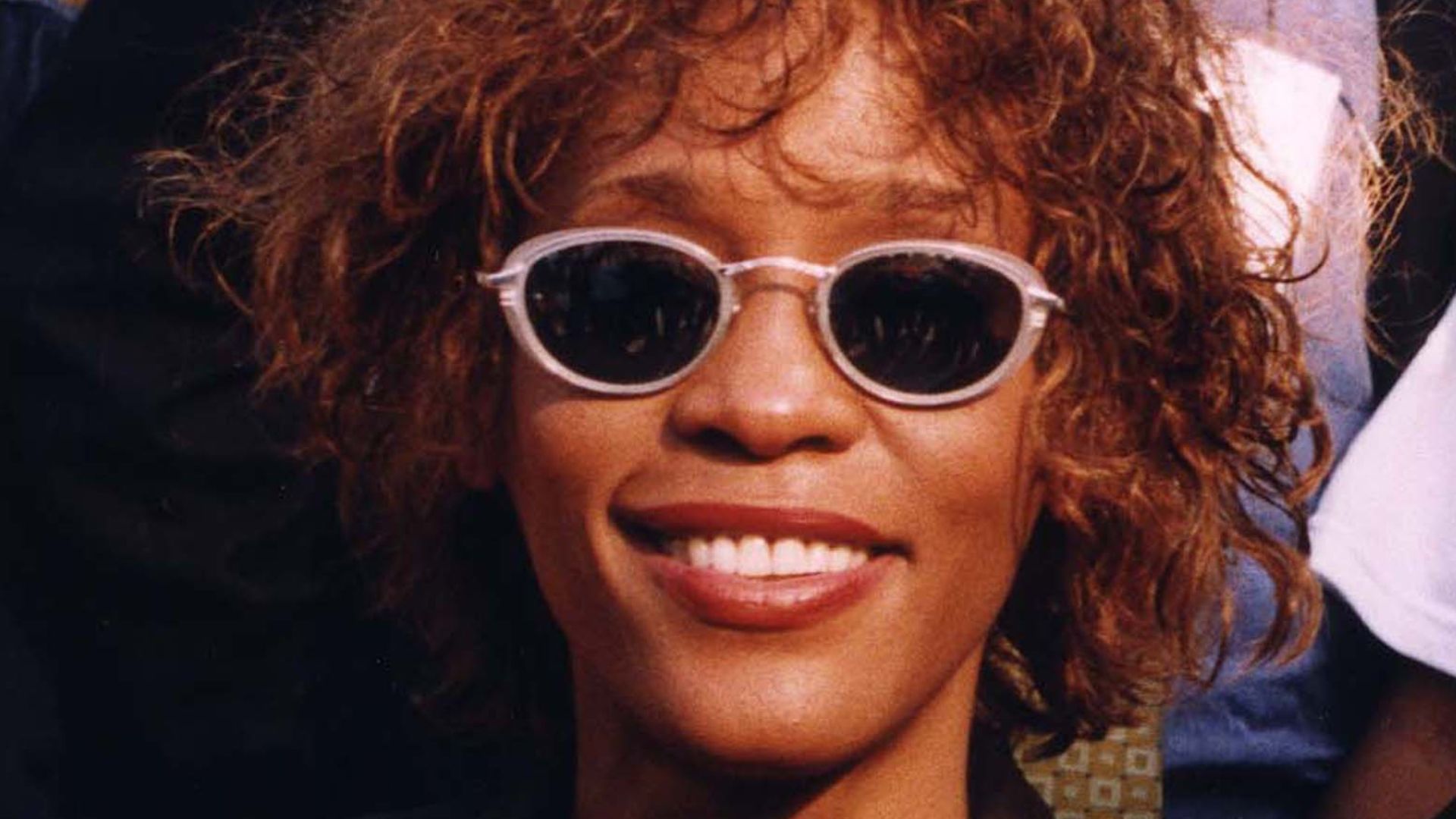 John Mathew Smith & www.celebrity-photos.com from Laurel Maryland, USA, Wikimedia Commons
John Mathew Smith & www.celebrity-photos.com from Laurel Maryland, USA, Wikimedia Commons
Tina Turner
Desperate to escape sharecropping fields, teenage Anna Mae Bullock seized her chance when spotting Ike Turner's Kings of Rhythm perform in St Louis. Her impromptu vocal audition in 1957 changed everything.
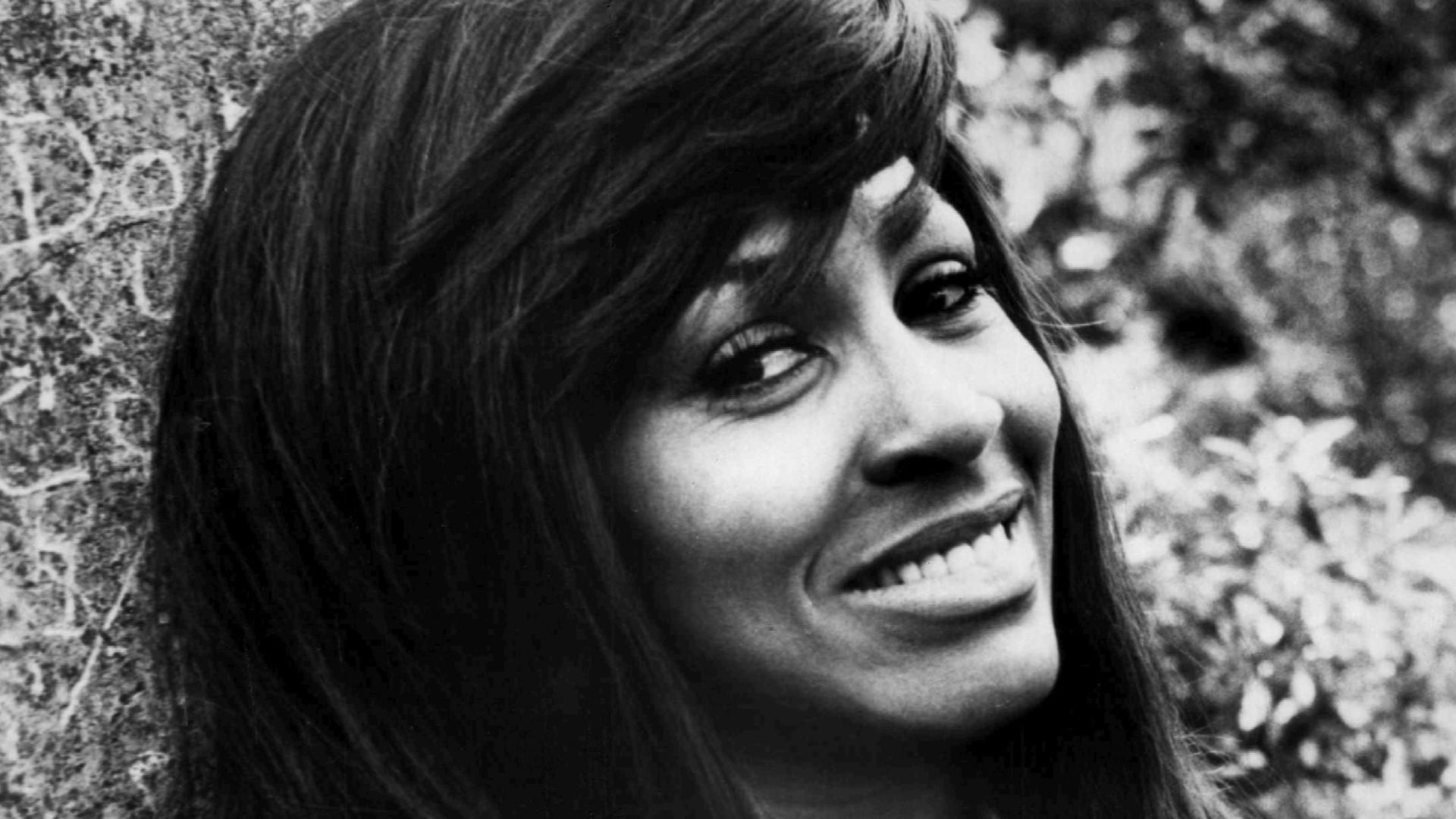 Jay Bernstein Public Relations, Los Angeles., Wikimedia Commons
Jay Bernstein Public Relations, Los Angeles., Wikimedia Commons
Billie Holiday
Traumatic early years in Baltimore preceded Billie's arrival on Harlem's music scene. At fifteen, she supported herself singing in small clubs after her mother's eviction. Producer John Hammond discovered the untrained vocalist in 1933.
 William P. Gottlieb, Wikimedia Commons
William P. Gottlieb, Wikimedia Commons
Ella Fitzgerald
"The only thing better than singing is more singing," Ella once stated. Her musical journey began unexpectedly at Amateur Night at Harlem's Apollo Theater in 1934. Originally planning to dance, the nervous seventeen-year-old chose to sing instead.
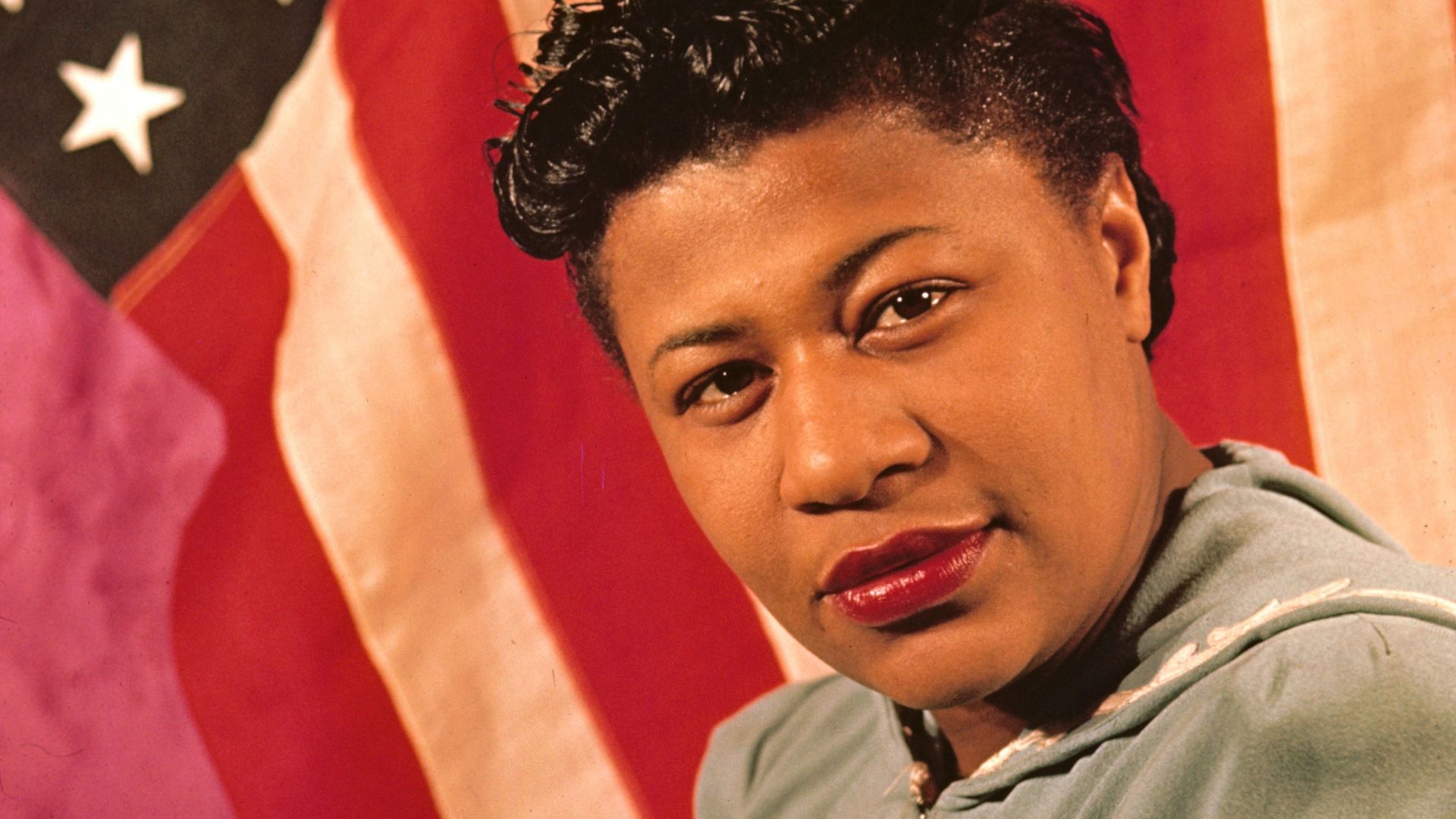 Carl Van Vechten, Wikimedia Commons
Carl Van Vechten, Wikimedia Commons
Frank Sinatra
Skinny and insecure as a teenager, Francis Albert Sinatra idolized Bing Crosby while growing up in Hoboken, New Jersey. Local singing gigs eventually led to joining Harry James' orchestra in 1939.
 Metronome magazine, Wikimedia Commons
Metronome magazine, Wikimedia Commons
Louis Armstrong
Fate intervened when eleven-year-old Louis was arrested for firing a pistol on New Year's Eve, 1912. Sent to the Colored Waifs' Home in New Orleans, he joined their band and learned to play the cornet.
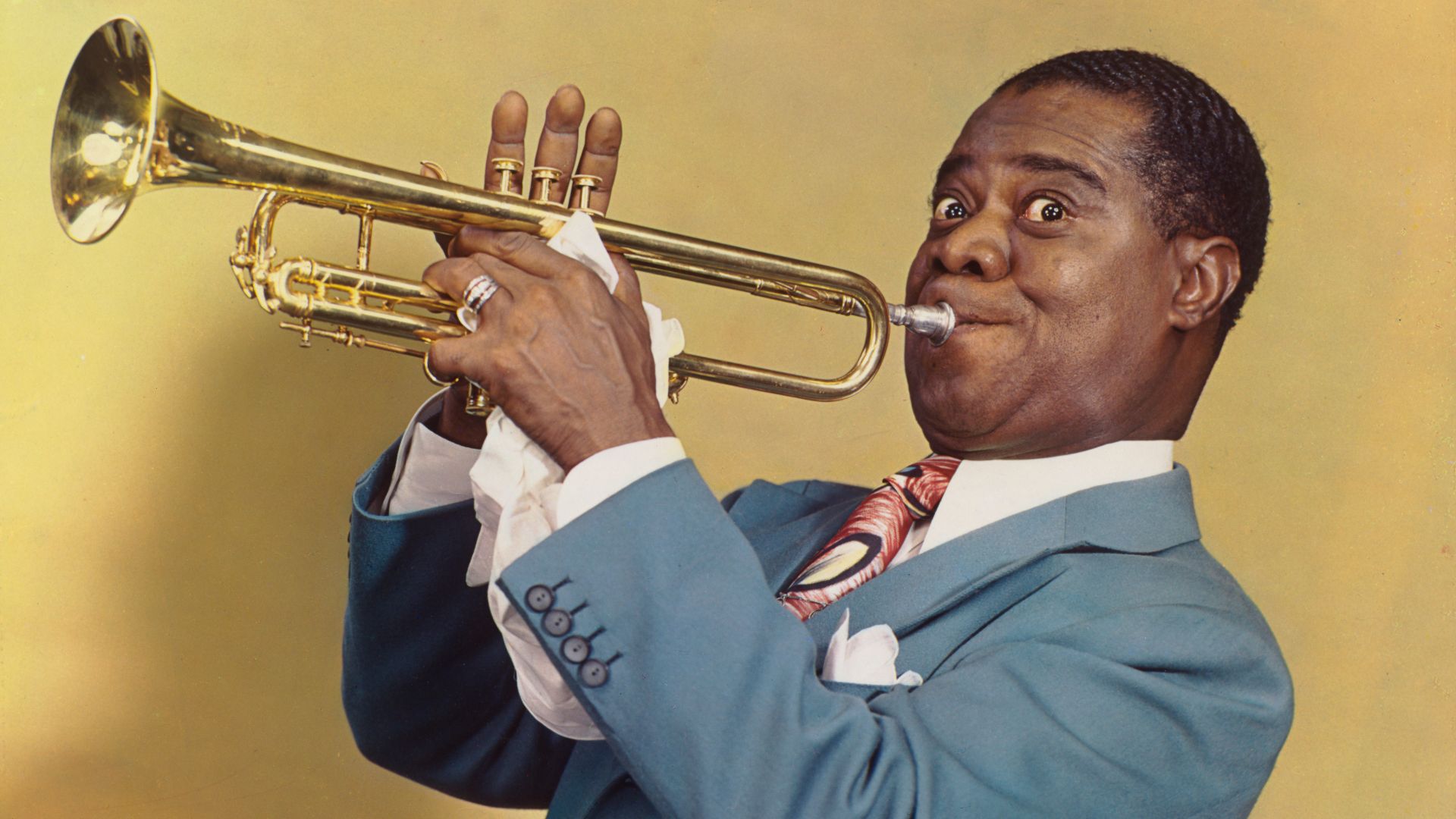 Harry Warnecke, Gus Schoenbaechler, Wikimedia Commons
Harry Warnecke, Gus Schoenbaechler, Wikimedia Commons
Miles Davis
Against his father's wishes for a medical career, Miles enrolled at Juilliard but spent more time haunting 52nd Street jazz clubs. The teenage trumpeter from East St Louis sought out his idol, Charlie Parker, playing alongside him.
 Tom Palumbo from New York City, USA, Wikimedia Commons
Tom Palumbo from New York City, USA, Wikimedia Commons
Chuck Berry
Poetry and drawing filled young Charles Berry's time at Sumner High School before music became his focus. Working as a janitor, carpenter, and hairdresser supported his young family while developing his distinctive guitar style. “Maybellene” was his country-influenced debut single.
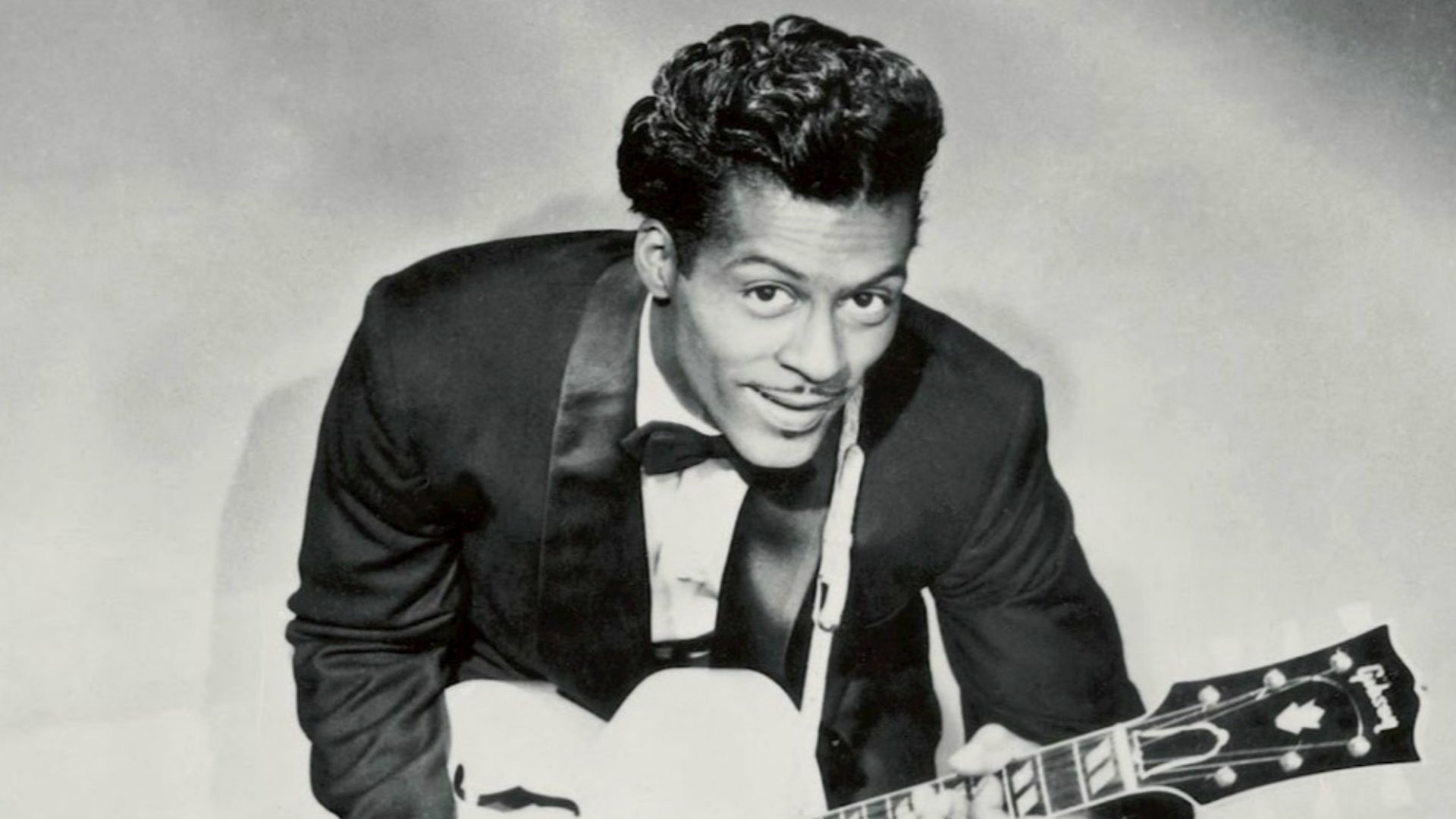 Pickwick Records, Wikimedia Commons
Pickwick Records, Wikimedia Commons
Little Richard
"Awop-bop-a-loo-mop-alop-bam-boom!" screamed Richard Penniman, shocking 1950s audiences with his wild piano playing and mascara-lined eyes. Religious conflict shaped his early years, as he was torn between church music and secular performance.
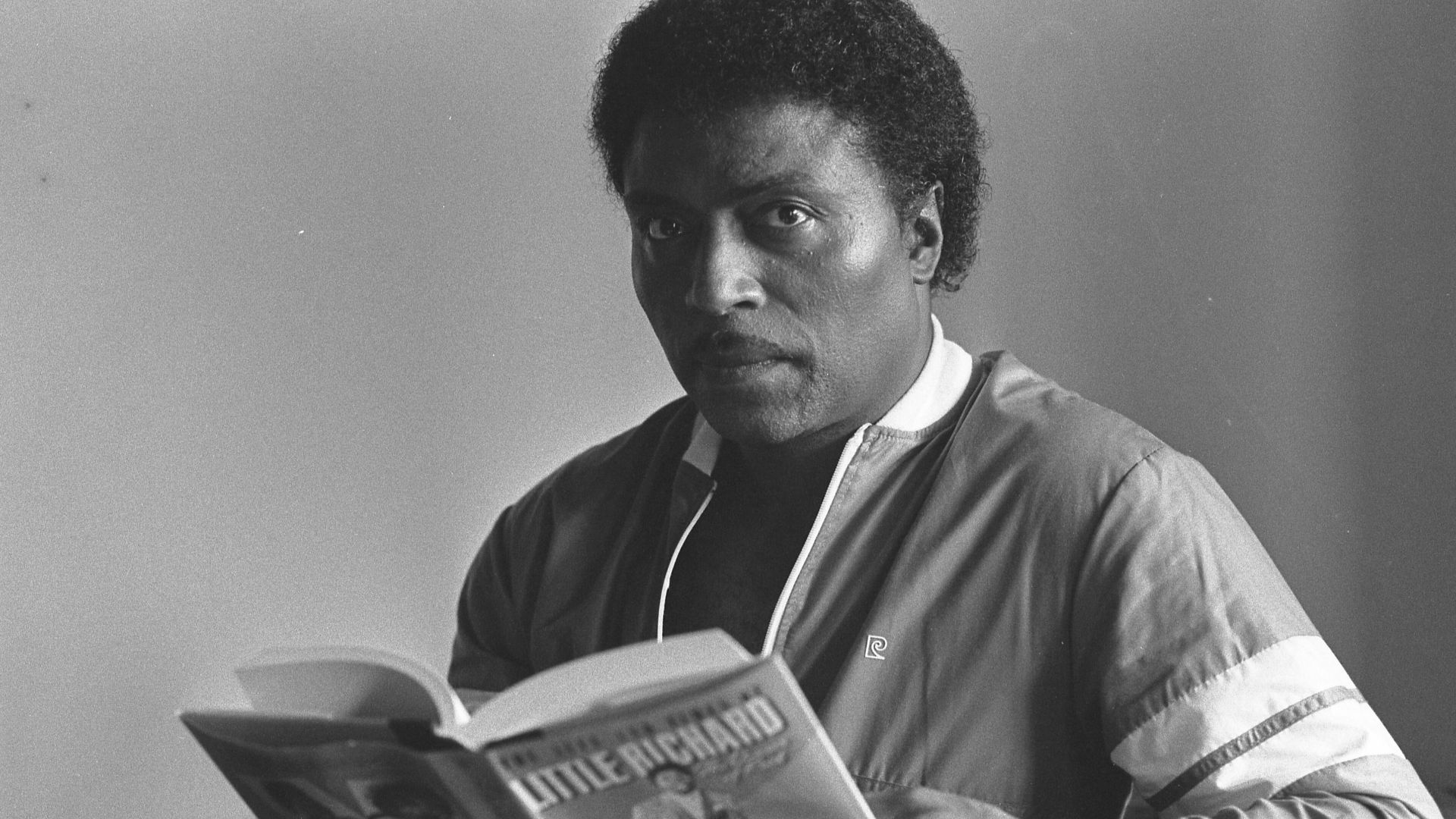 Ian Dryden, Los Angeles Times, Wikimedia Commons
Ian Dryden, Los Angeles Times, Wikimedia Commons
Johnny Cash
Before black became his trademark, Cash was an Air Force radio operator in Germany, scribbling lyrics on scrap paper between duties. When he returned home, Sun Records gave him a shot.
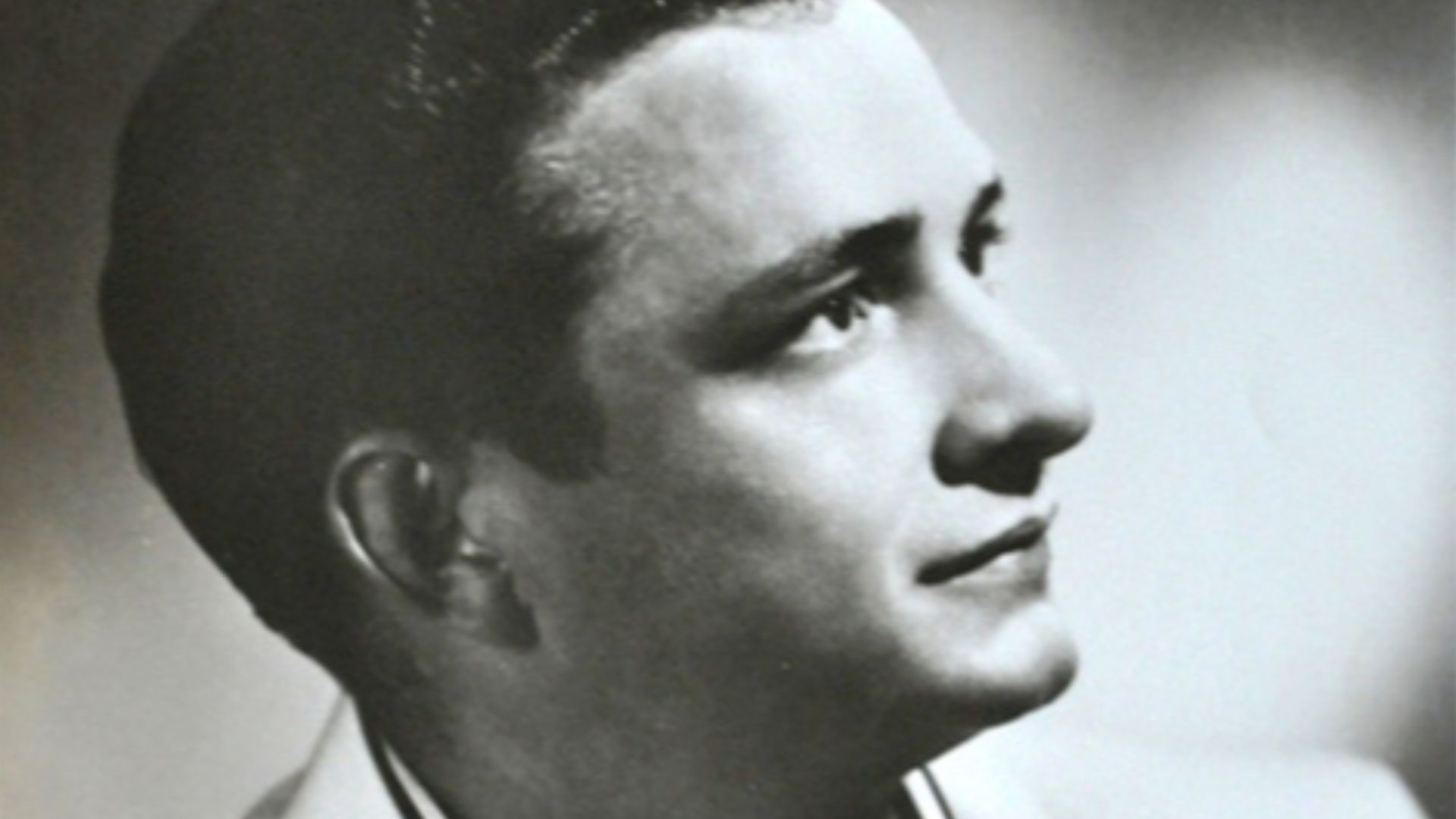 Johnny Cash Promotional Photo for Sun Records, taken in 1955, Wikimedia Commons
Johnny Cash Promotional Photo for Sun Records, taken in 1955, Wikimedia Commons
Patsy Cline
Her powerful contralto voice emerged from the working-class neighborhoods of Winchester, Virginia. Winning Arthur Godfrey's Talent Scouts in 1957 launched Patsy's national career. Before becoming country music's most influential female vocalist, Virginia Patterson Hensley worked as a pharmacy assistant.
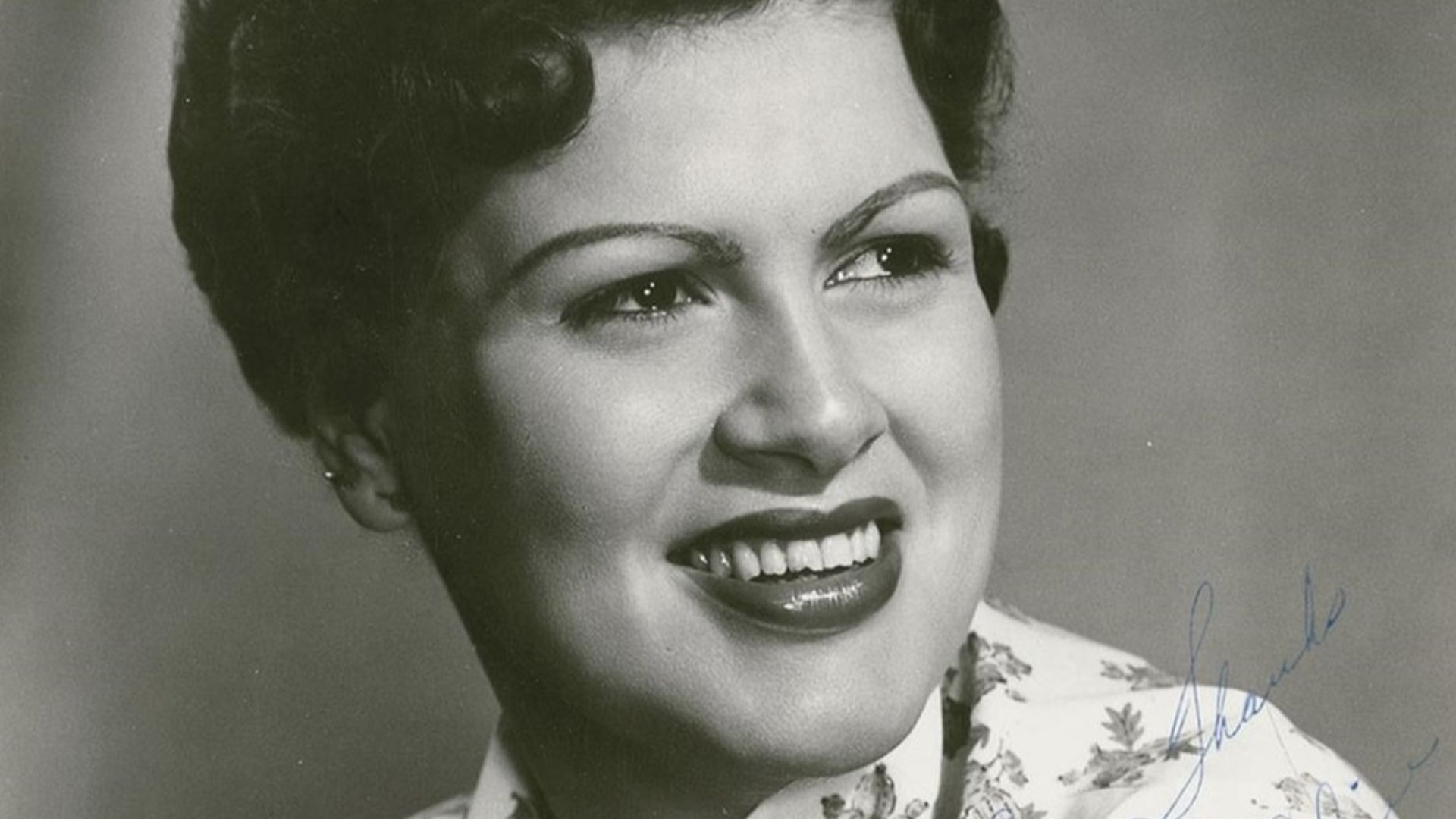 Decca Records, Wikimedia Commons
Decca Records, Wikimedia Commons
Bruce Springsteen
Small New Jersey clubs witnessed the evolution of rock's future voice throughout the early 1970s. Signed to Columbia Records after an audition that evolved into a full concert, Springsteen's early albums garnered critical praise but modest sales.
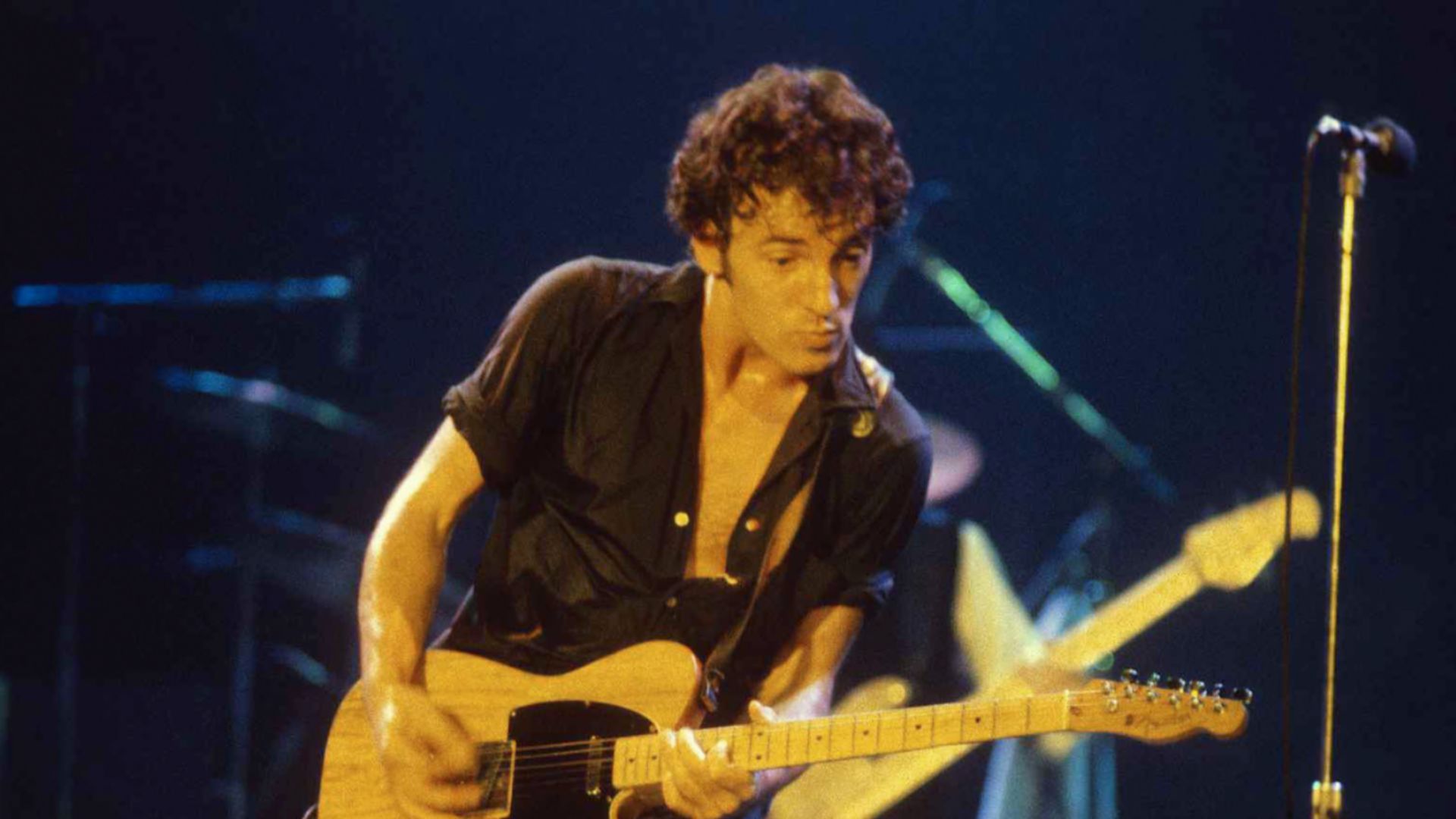 Carl Lender, Wikimedia Commons
Carl Lender, Wikimedia Commons
Mick Jagger
Well, economic studies at the London School of Economics seemed an unlikely beginning for rock's most famous frontman. Their shared passion for American blues records laid the foundation for the Rolling Stones in 1962.
 Marcel Antonisse / Anefo, Wikimedia Commons
Marcel Antonisse / Anefo, Wikimedia Commons
Keith Richards
Expelled from technical school for fighting, teenage Keith found salvation in guitar playing. His distinctive five-string open G tuning developed early, creating the signature sound that would define the Stones. Richards' grandfather, Gus, introduced him to guitar.
 Olavi Kaskisuo / Lehtikuva, Wikimedia Commons
Olavi Kaskisuo / Lehtikuva, Wikimedia Commons
Paul McCartney
Losing his mother to cancer at fourteen profoundly shaped McCartney's emotional songwriting depth. Liverpool's Cavern Club showcased his early bass playing with the Quarrymen. He impressed John Lennon by knowing all the chords to Eddie Cochran's “Twenty Flight Rock”.
 Eric Koch for Anefo, Wikimedia Commons
Eric Koch for Anefo, Wikimedia Commons
John Lennon
Long before global fame, Lennon was a rebellious Liverpool art student, sketching cartoons and writing witty verses. His skiffle band, The Quarrymen, played school dances until fate introduced McCartney. Together, they shaped the core of The Beatles.
 Los Angeles Times, Wikimedia Commons
Los Angeles Times, Wikimedia Commons
George Harrison
Youngest of the Beatles, Harrison was just fourteen when he joined Lennon and McCartney. His working-class Liverpool background instilled a serious work ethic that helped develop his distinctive guitar style. Indian musical influences entered his playing earlier than most realize.
 Harry Pot / Anefo, Wikimedia Commons
Harry Pot / Anefo, Wikimedia Commons
Ringo Starr
Hospital stays defined Richard Starkey's childhood, missing years of education due to illness. Drumming became his escape from Liverpool's toughest neighborhood. Before joining the Beatles in 1962, he gained experience with Rory Storm and the Hurricanes.
 Photographer: Bill Mitchell, New York City., Wikimedia Commons
Photographer: Bill Mitchell, New York City., Wikimedia Commons
Kurt Cobain
In the small logging town of Aberdeen, Washington, Kurt Cobain found solace in distortion and scribbled lyrics about pain he couldn’t voice. He formed Nirvana in 1987, fusing punk angst with melodic hooks.
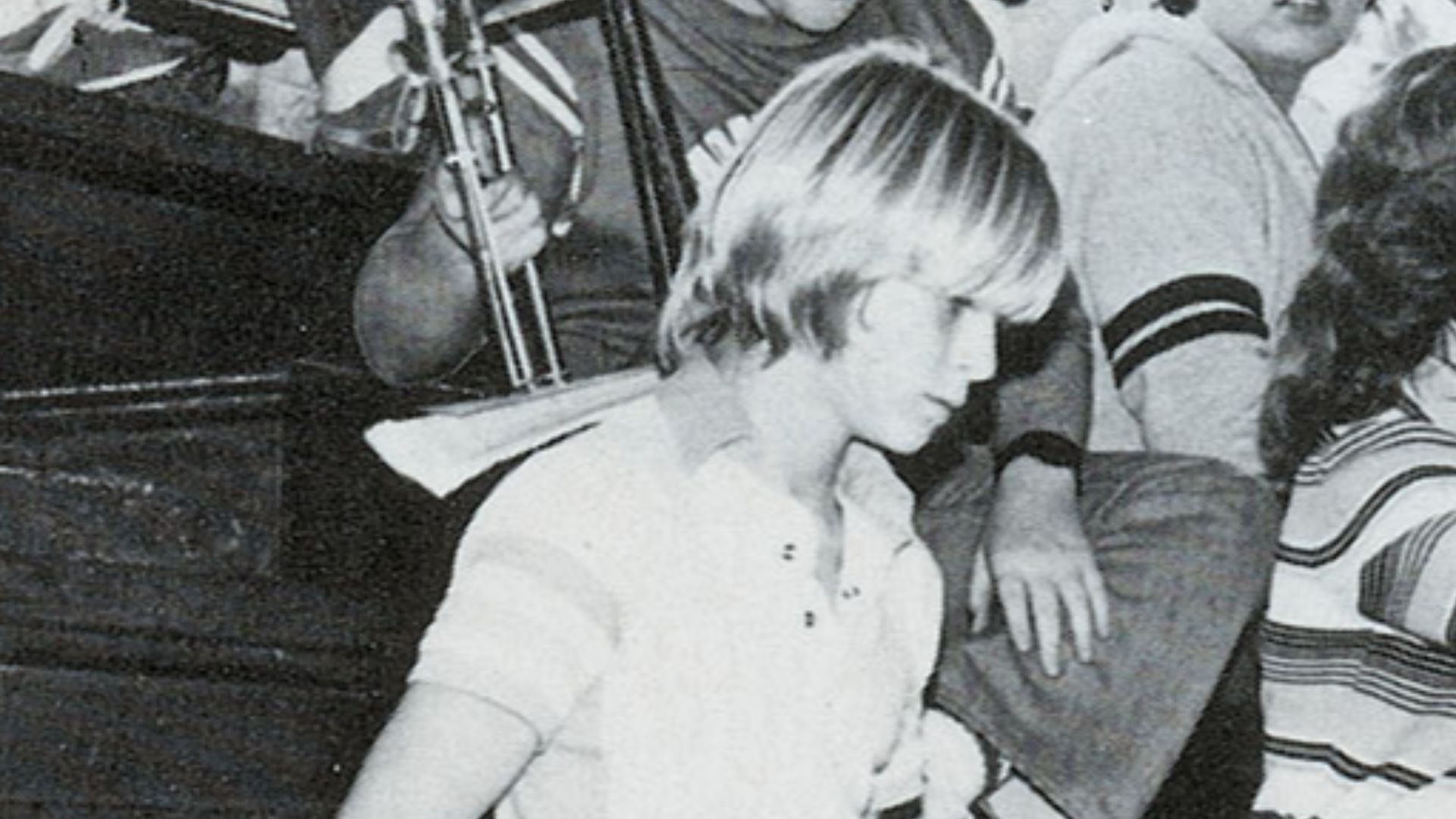 Montesano High School, Wikimedia Commons
Montesano High School, Wikimedia Commons
Amy Winehouse
Jazz records filled teenage Amy's bedroom in North London, shaping her unique vocal style years before fame. Early performances with the National Youth Jazz Orchestra revealed extraordinary talent. Her Camden Square neighborhood influenced both her musical development and beehive aesthetic.
Bjork
Iceland's remote environment and folklore permeated Guomundsdottir's artistic sensibilities from childhood. Recording her first album at just 11 years old, she covered Icelandic children's songs and traditional music. Before international solo success, she fronted the alternative rock group The Sugarcubes.
 Masao Nakagami, Wikimedia Commons
Masao Nakagami, Wikimedia Commons
Elton John
The Royal Academy of Music training provided young Reginald Dwight with classical foundations, despite his preference for rock and roll. It is said that before "Rocket Man" fame, he was a session musician and songwriter for other artists.
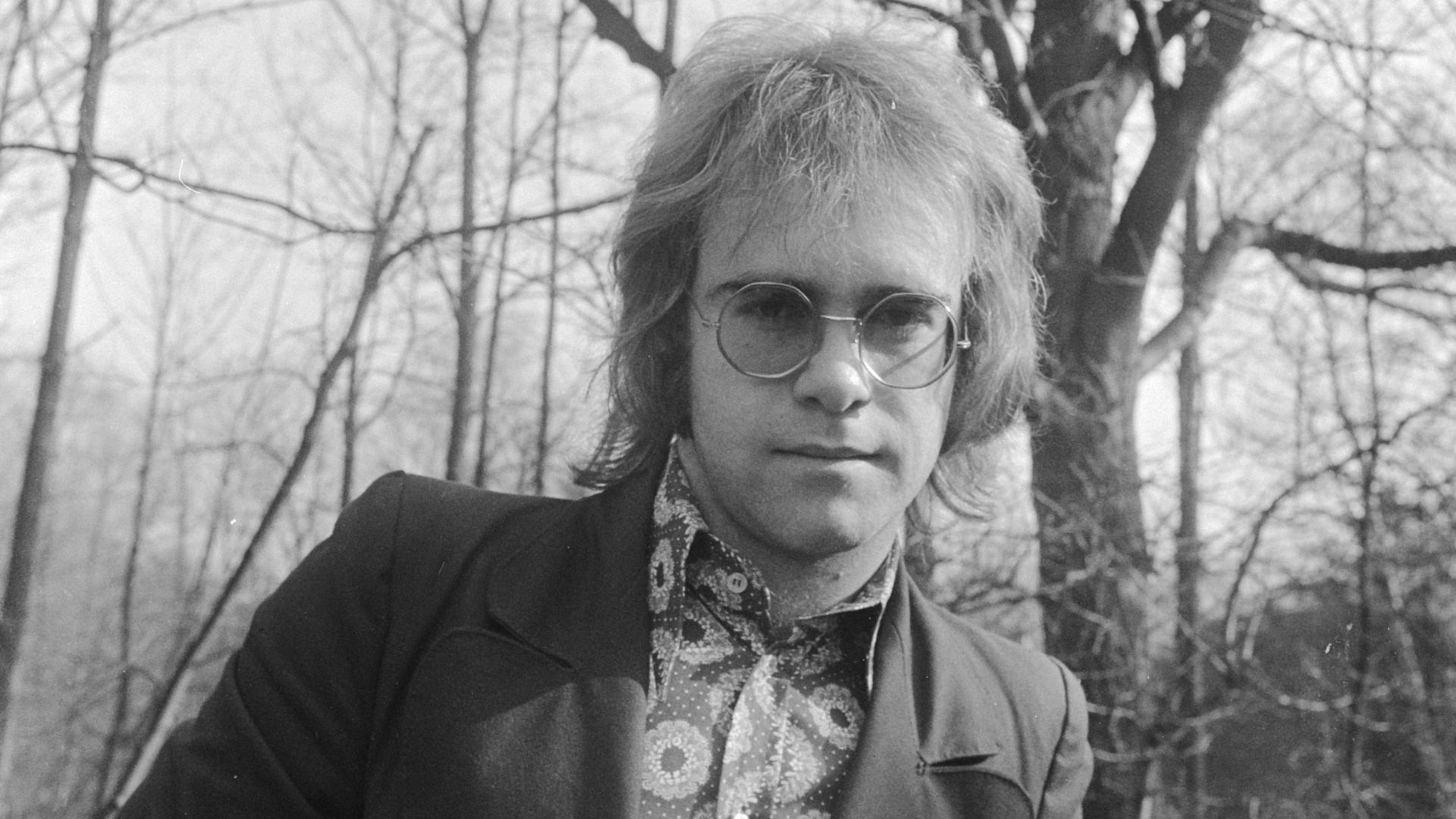 Bert Verhoeff for Anefo, Wikimedia Commons
Bert Verhoeff for Anefo, Wikimedia Commons
Paul Simon
Elementary School brought Paul together with Art Garfunkel, eventually forming a duo called Tom and Jerry. Their first single, "Hey Schoolgirl," achieved modest success when both were just sixteen. Literary sensibilities developed through English studies influenced his sophisticated songwriting.
Carlos Santana
Growing up in Tijuana, Mexico, Carlos got his first taste of music from mariachi bands. When he moved to San Francisco as a teenager, he was introduced to blues and psychedelic rock. He even played on the streets at Fisherman's Wharf.
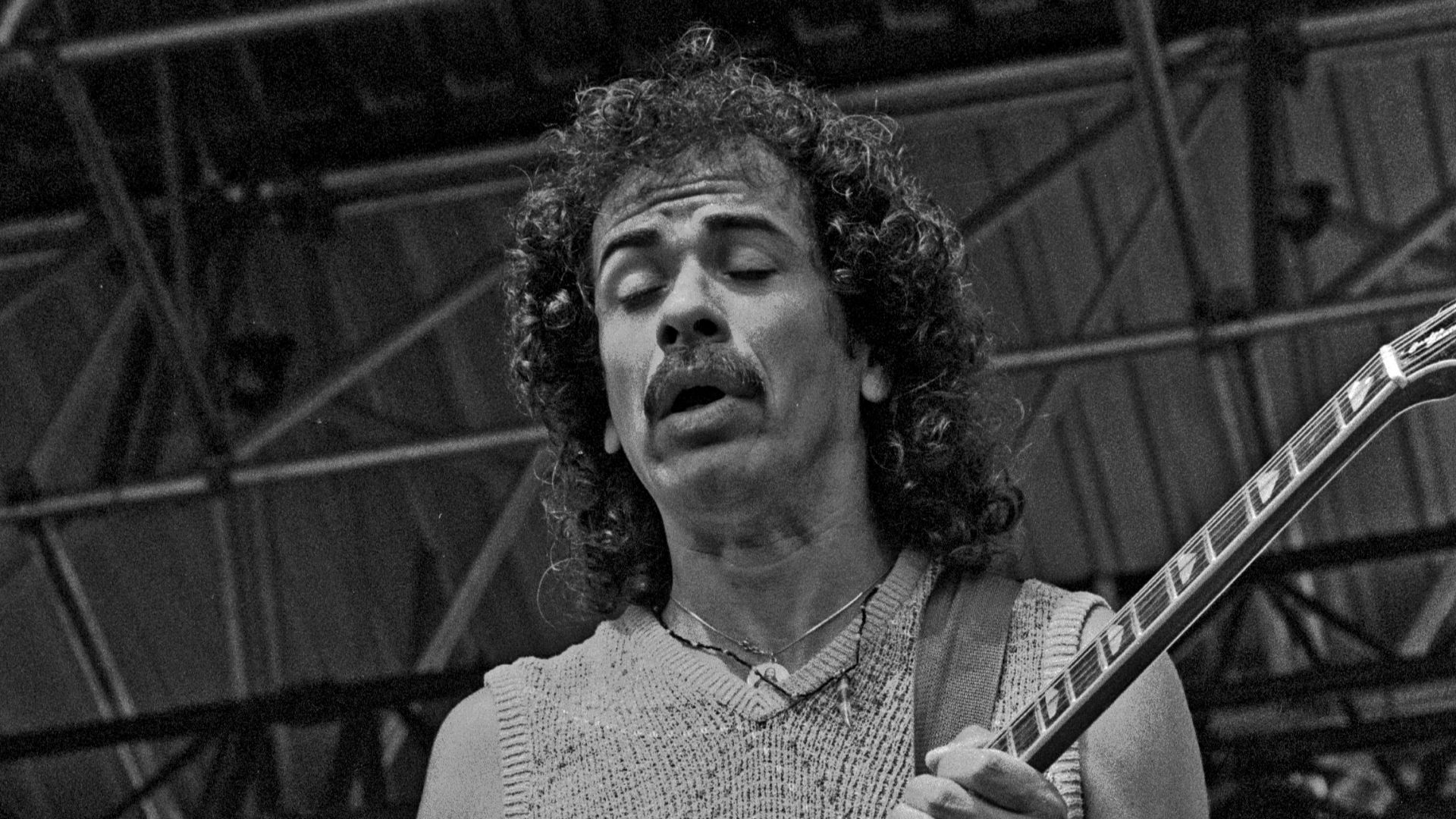 Heinrich Klaffs, Wikimedia Commons
Heinrich Klaffs, Wikimedia Commons
Ray Charles
Did you know he was blinded by glaucoma at age seven? Charles learned to navigate life through sound. At a Florida school for the blind, he mastered piano and composition. With What’d I Say, Charles blurred boundaries and built a genre.
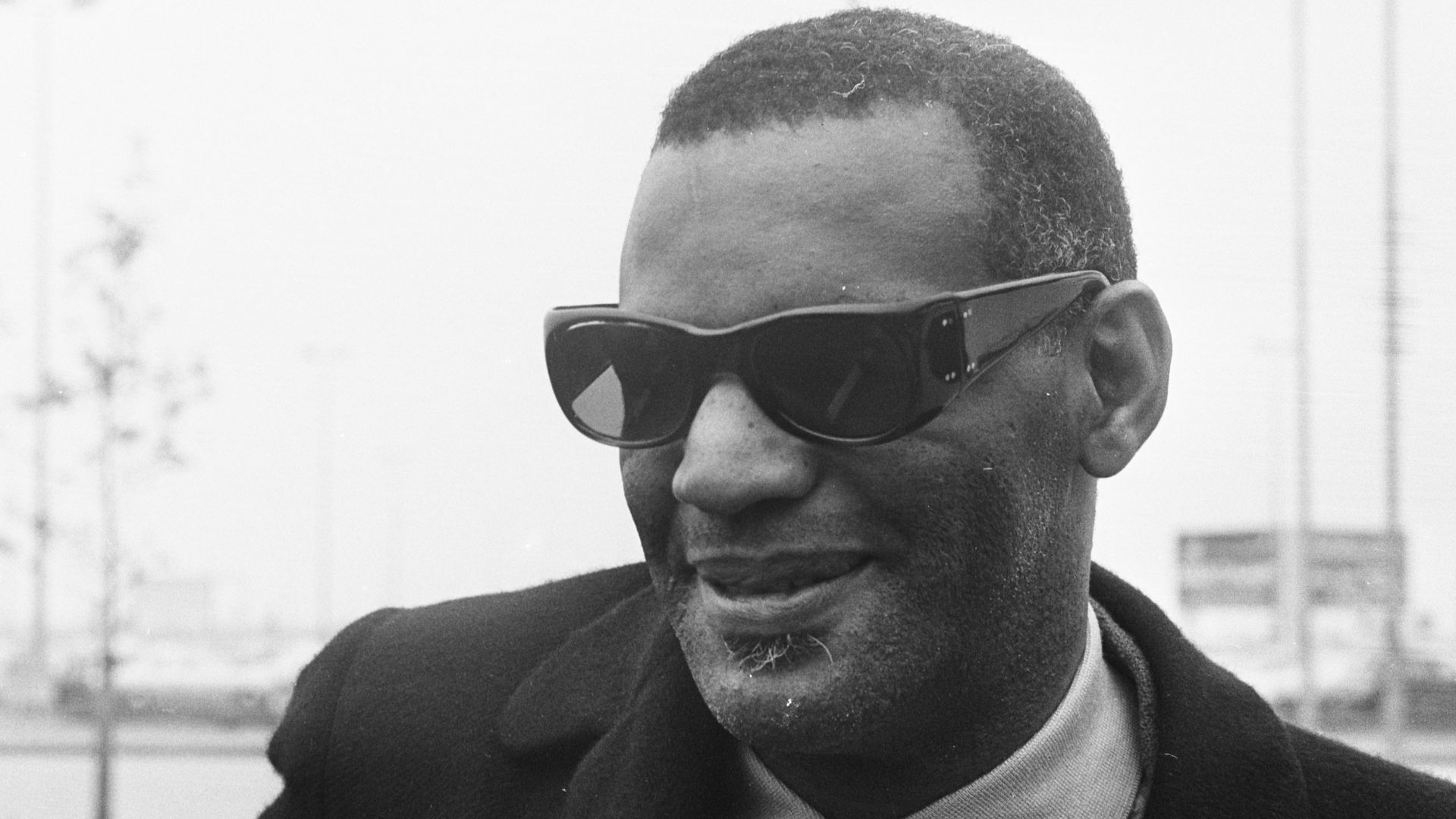 Eric Koch for Anefo, Wikimedia Commons
Eric Koch for Anefo, Wikimedia Commons
Nina Simone
Before bigotry dashed her hopes of becoming a concert pianist, Eunice Waymon attended Juilliard. She took on the stage name Nina Simone to conceal her nightclub career from her disapproving religious family as she worked as a bar performer.
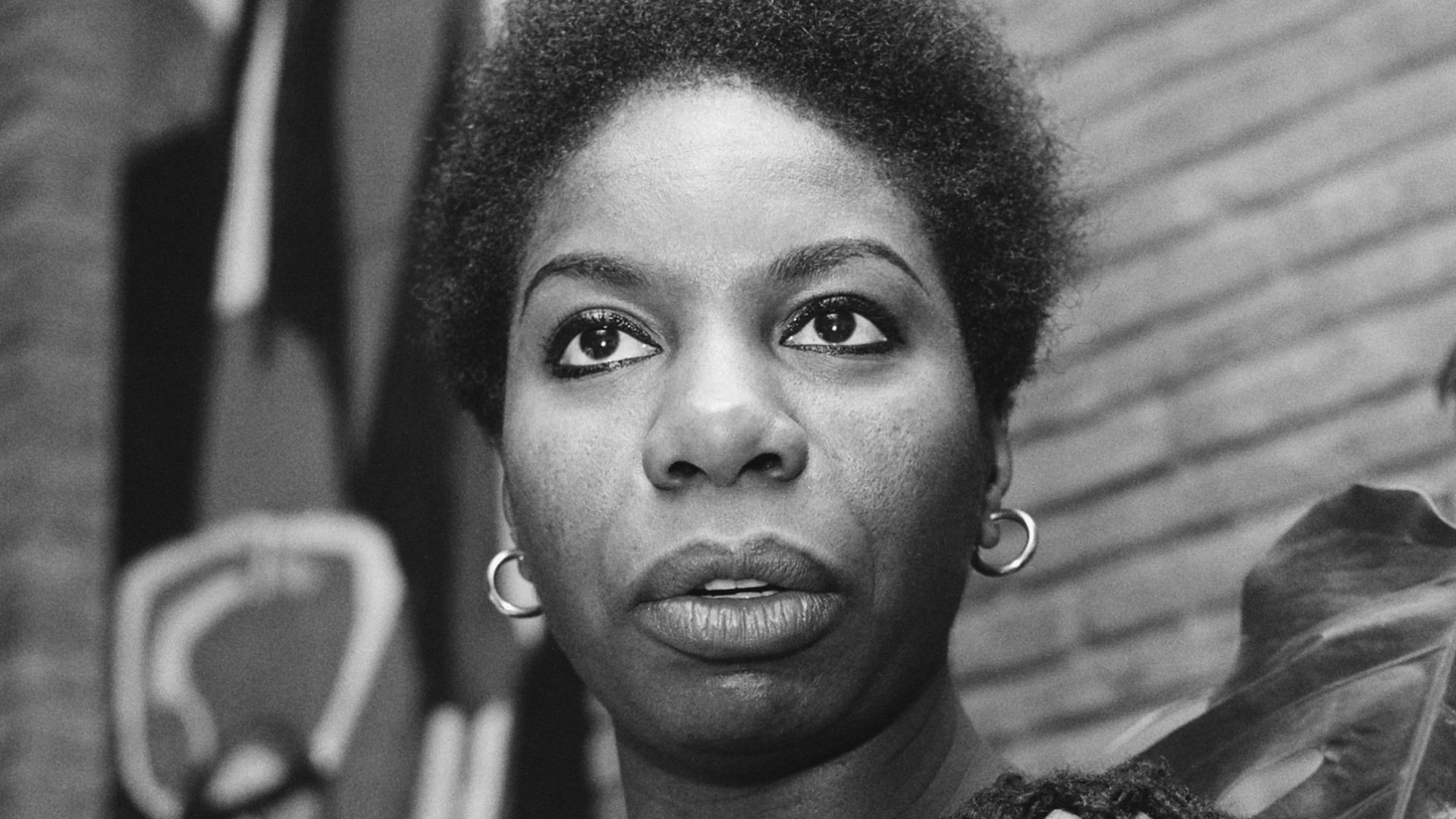 Ron Kroon for Anefo Restored by Bammesk, Wikimedia Commons
Ron Kroon for Anefo Restored by Bammesk, Wikimedia Commons
Janis Joplin
In Port Arthur, Texas, Janis Joplin grew up feeling like an outsider as she was mocked for her looks and her love of blues records. When she became a part of Big Brother and the Holding Company in 1966, her voice exploded like liberation itself.
Bob Marley
Kingston's Trench Town ghetto shaped Marley's musical development. Producer Leslie Kong released his first single, "Judge No,t" in 1962 when Marley was just seventeen. Before international reggae stardom, the original Wailers performed ska and rocksteady music throughout Jamaica.
 Eddie Mallin, Wikimedia Commons
Eddie Mallin, Wikimedia Commons
Marvin Gaye
Raised in his father’s Washington, D.C. church, Marvin Gaye first sang gospel hymns before chasing rhythm and blues. He joined Motown in the early 1960s and became the label’s “Prince of Soul”.
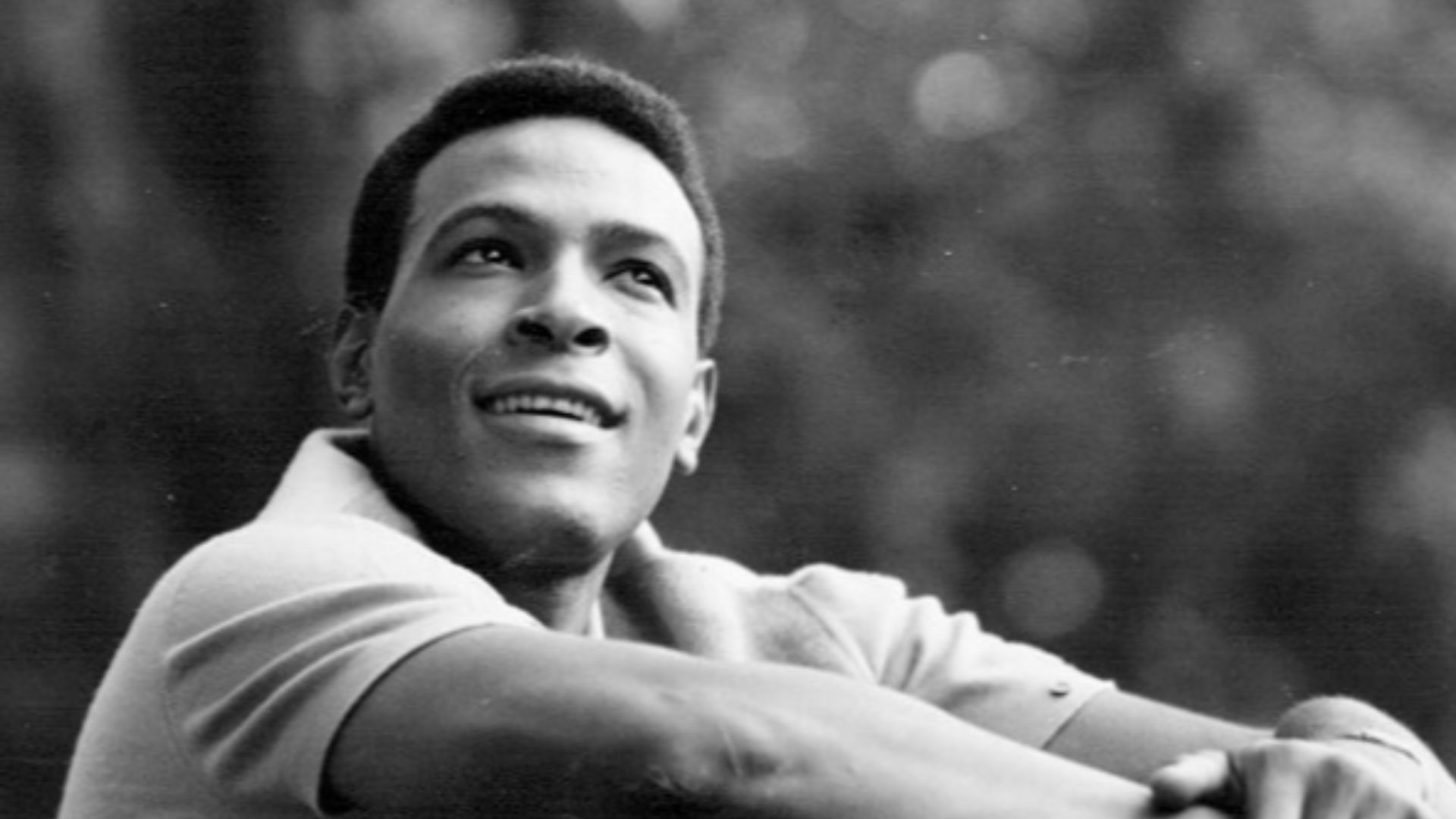 photo by-J. Edward Bailey, Wikimedia Commons
photo by-J. Edward Bailey, Wikimedia Commons
Otis Redding
Redding started as a Georgia teenager singing in church choirs and working odd jobs. His break came when he filled in for an ailing singer during a recording session. These Arms of Mine followed—pure emotion that redefined Southern soul forever.
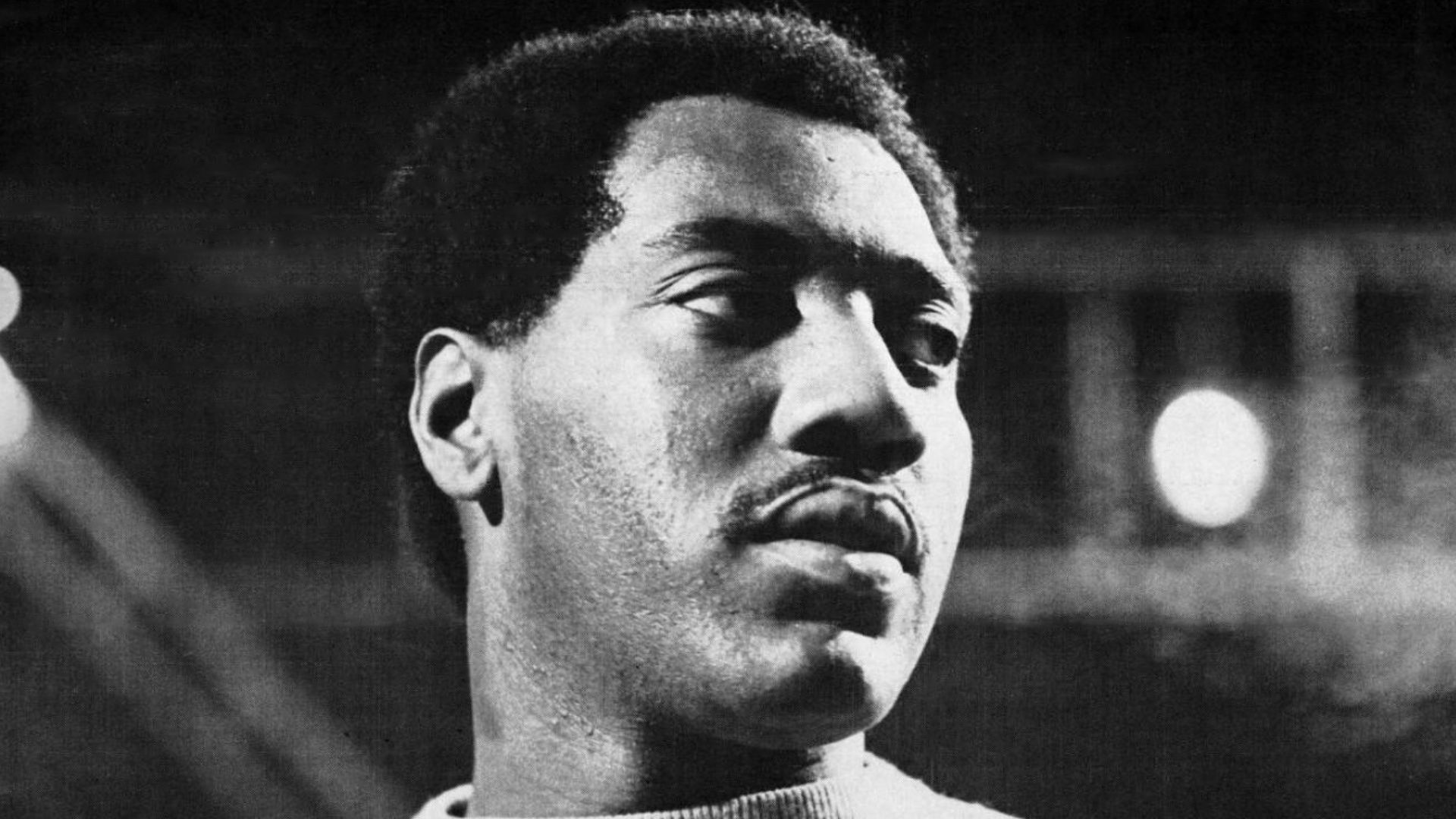 Volt Records, Wikimedia Commons
Volt Records, Wikimedia Commons
Dolly Parton
"Coat of Many Colors" wasn't just a song title; it reflected Dolly's impoverished childhood reality in the Appalachian Mountains. Born in a one-room cabin in Tennessee’s Smoky Mountains, this individual wrote her first songs on a homemade guitar.
 RCA Records, Wikimedia Commons
RCA Records, Wikimedia Commons
Celine Dion
Growing up the youngest of 14 children in rural Quebec, Dion first sang in her family’s small piano bar. A demo sent to producer Rene Angelil changed everything. He mortgaged his house to fund her debut.
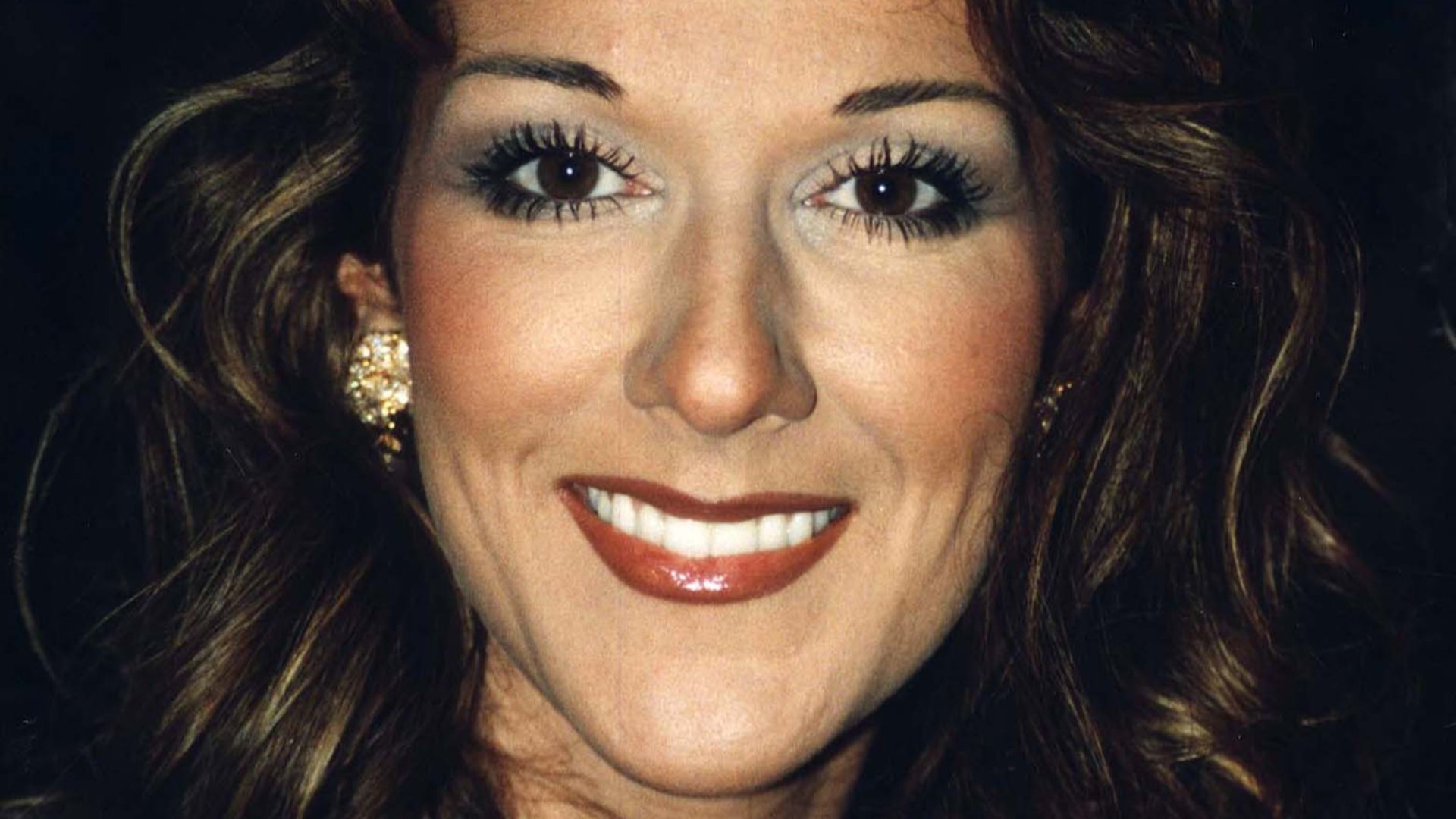 Kingkongphoto & www.celebrity-photos.com from Laurel Maryland, USA, Wikimedia Commons
Kingkongphoto & www.celebrity-photos.com from Laurel Maryland, USA, Wikimedia Commons
Adele
Adele was apparently a classmate of Jessie J and Leona Lewis. MySpace demos caught XL Recordings' attention while she was still a teenager. North London pubs hosted her earliest performances before "19" catapulted her to fame.
 CHRISTOPHER MACSURAK, Wikimedia Commons
CHRISTOPHER MACSURAK, Wikimedia Commons
Sade
Fashion design studies at Central Saint Martins College preceded music for Nigerian-born Helen Folasade Adu. Modeling professionally while singing backup for British band Pride revealed her distinctive voice. The former fashion designer refused to compromise her artistic vision, maintaining her unique jazz-influenced sound.
 Nick Souza for the News-Pilot, Wikimedia Commons
Nick Souza for the News-Pilot, Wikimedia Commons
Johnny Rotten
Prior to music, Johnny Lydon's rebellious creative vision was nurtured by his education in art school. His unusual vocal style was influenced by his compulsive listening to experimental and reggae music.

